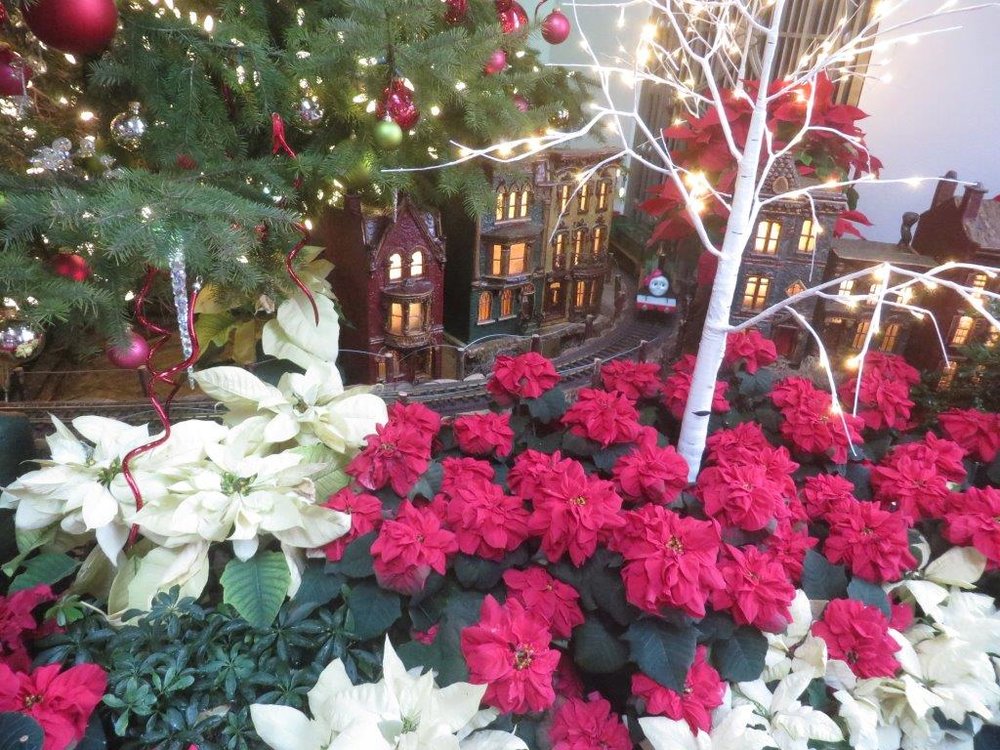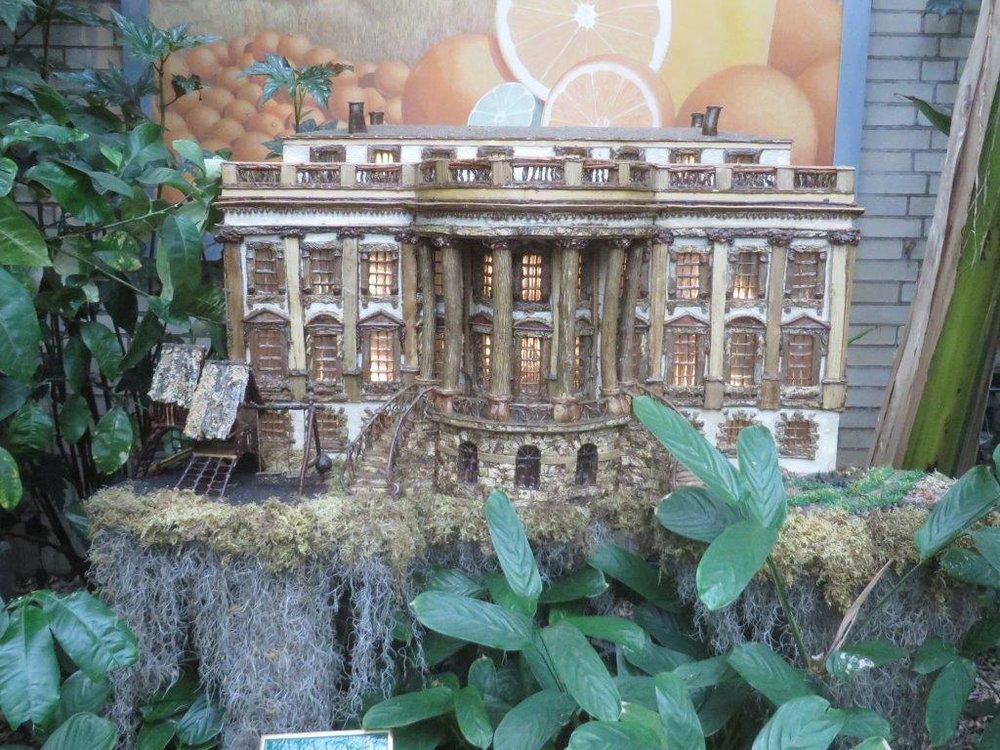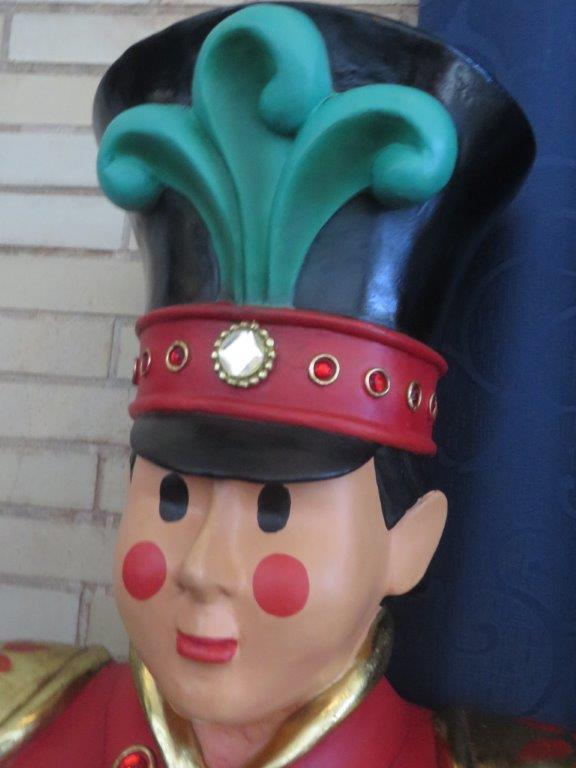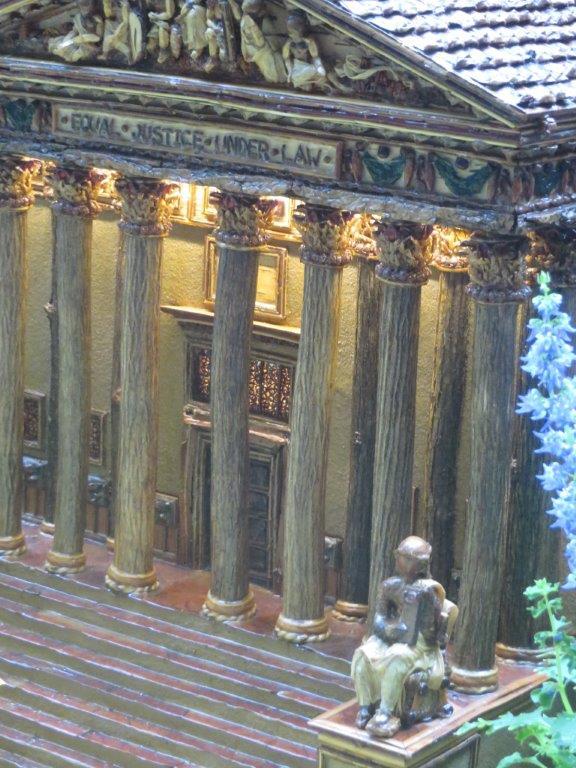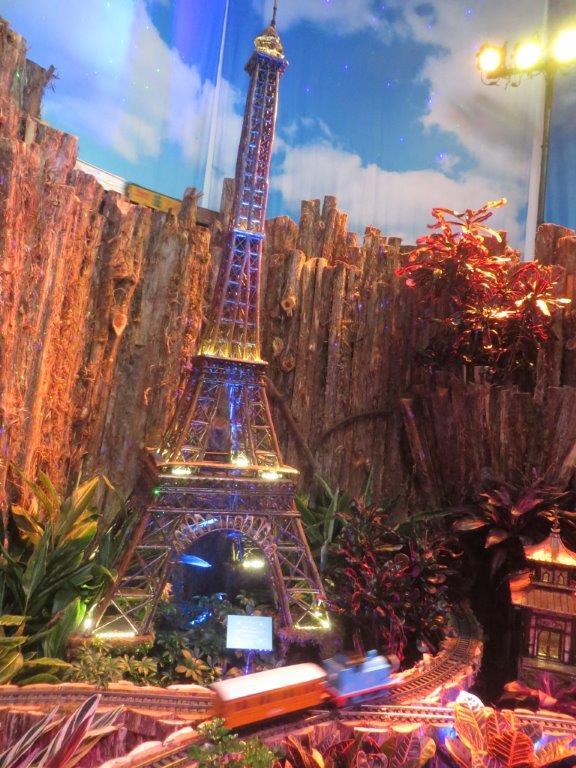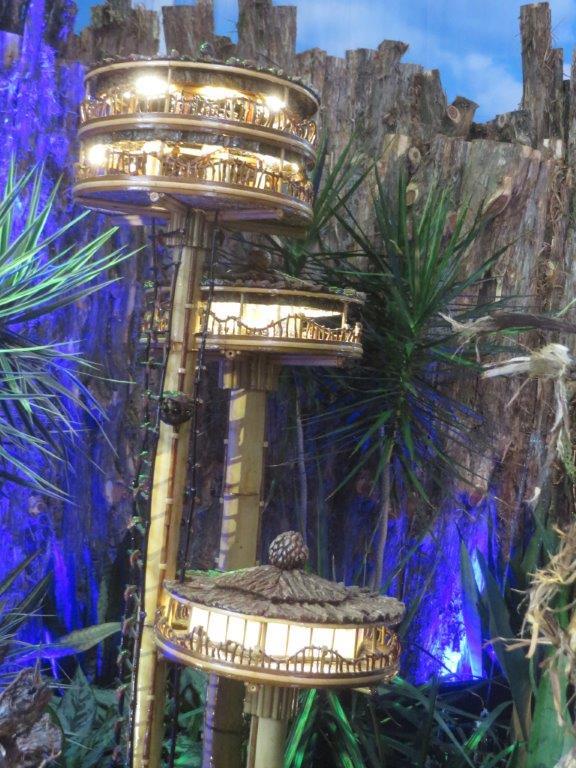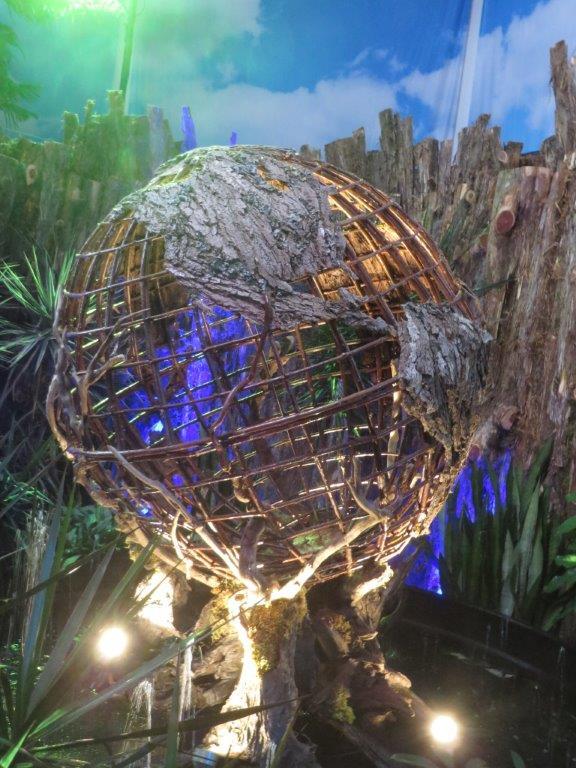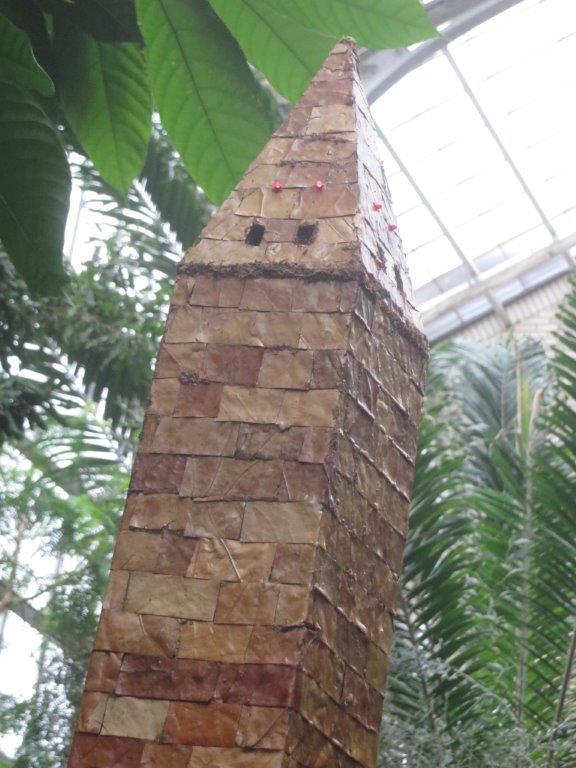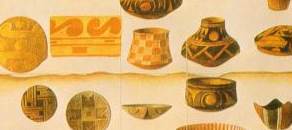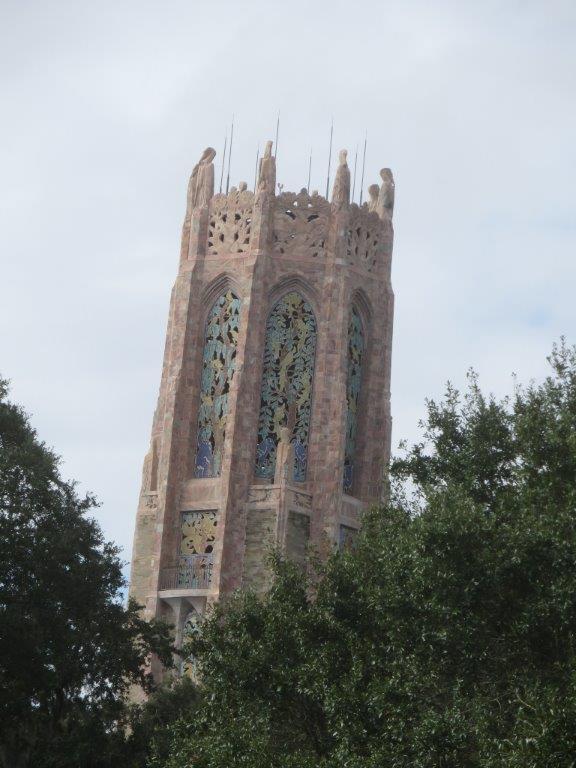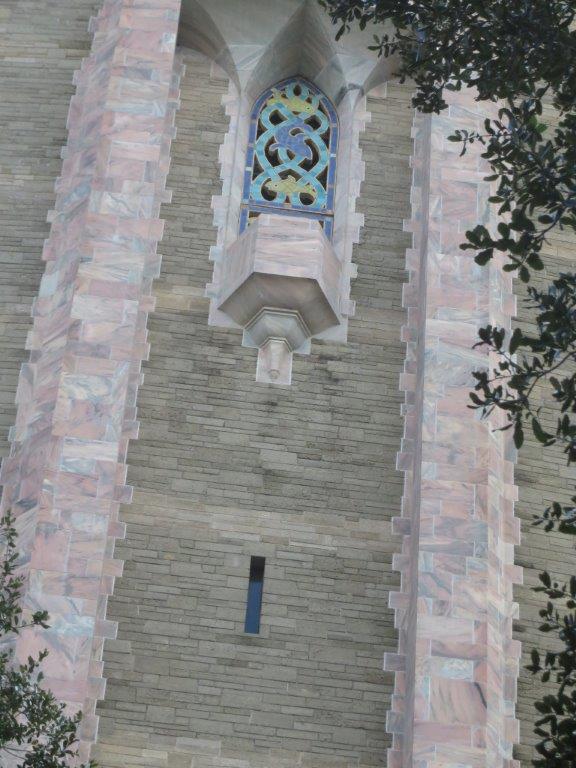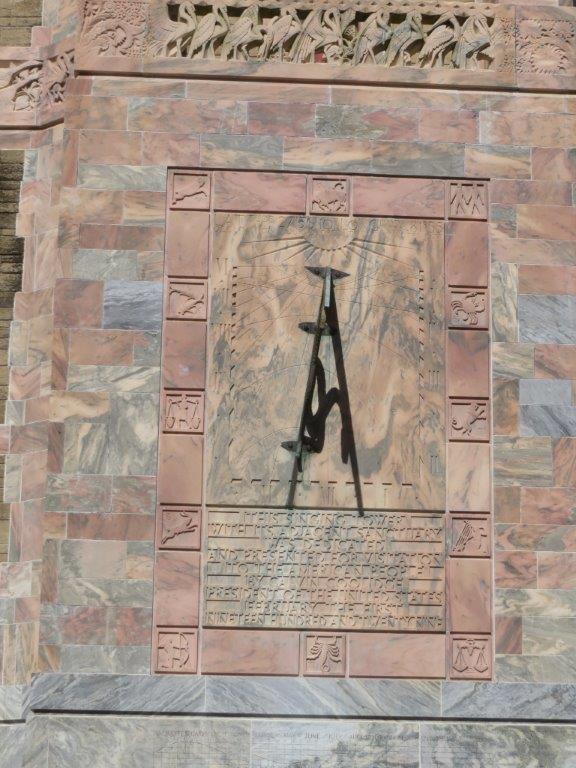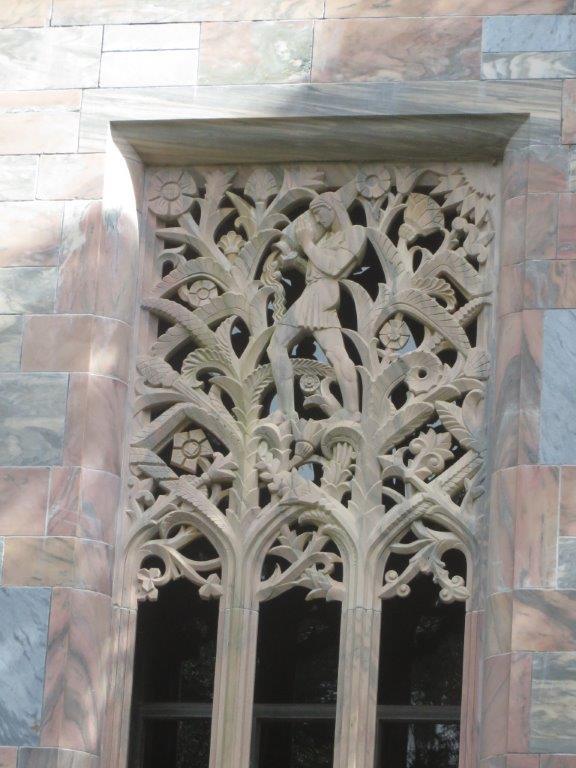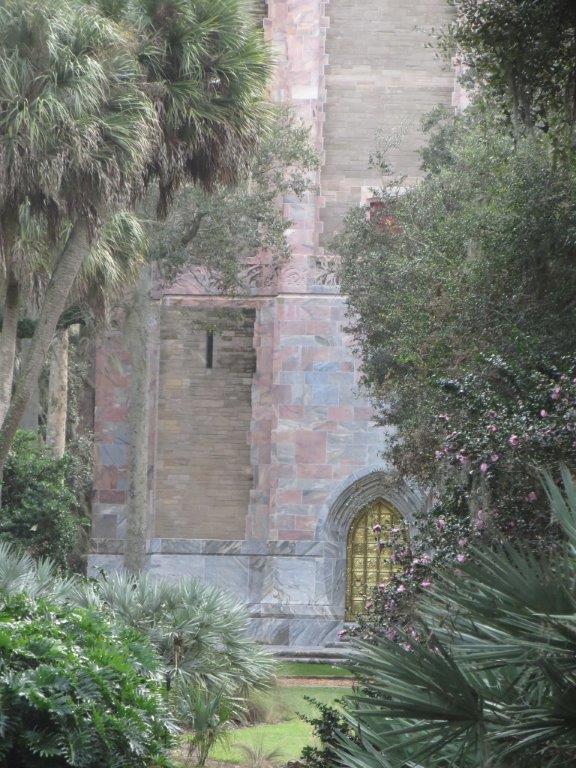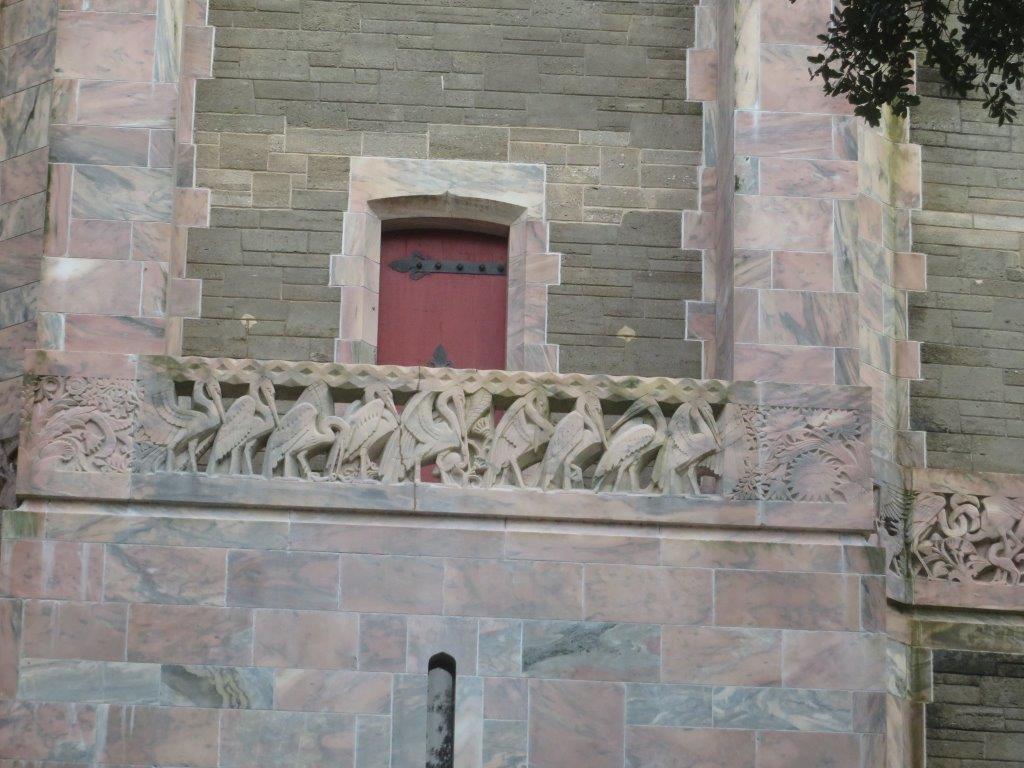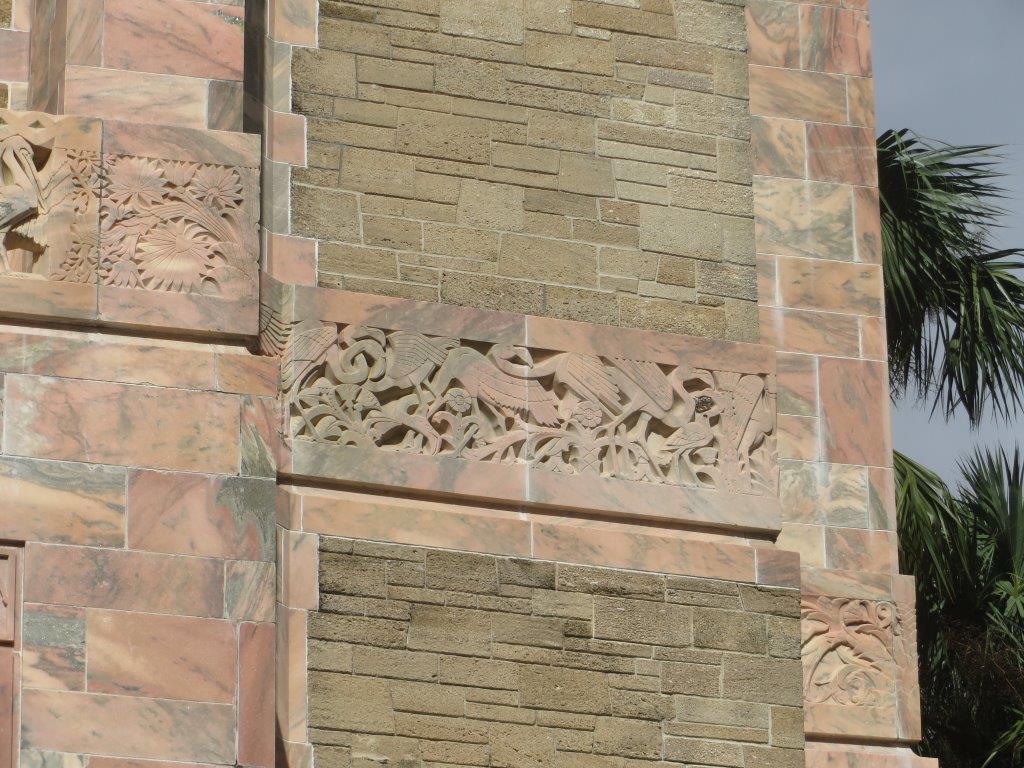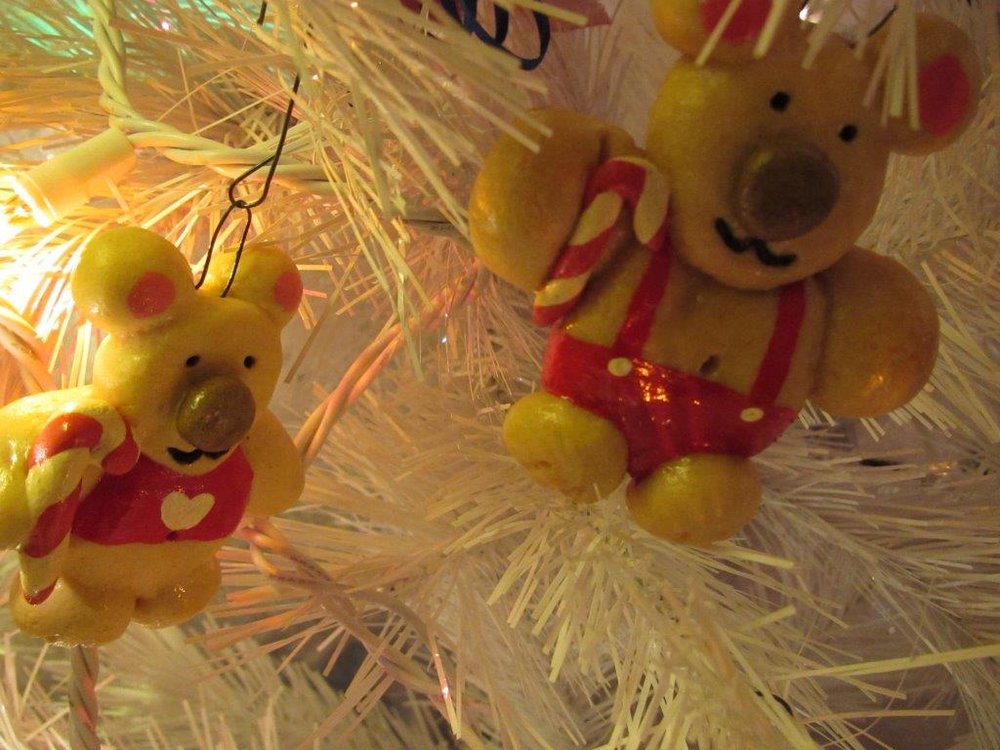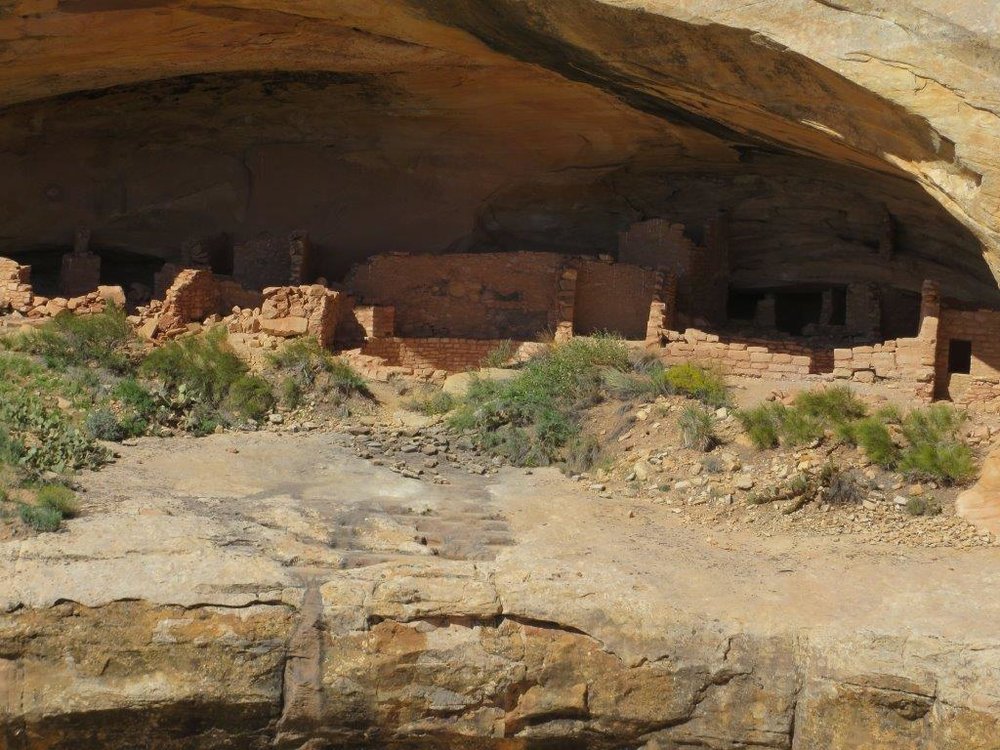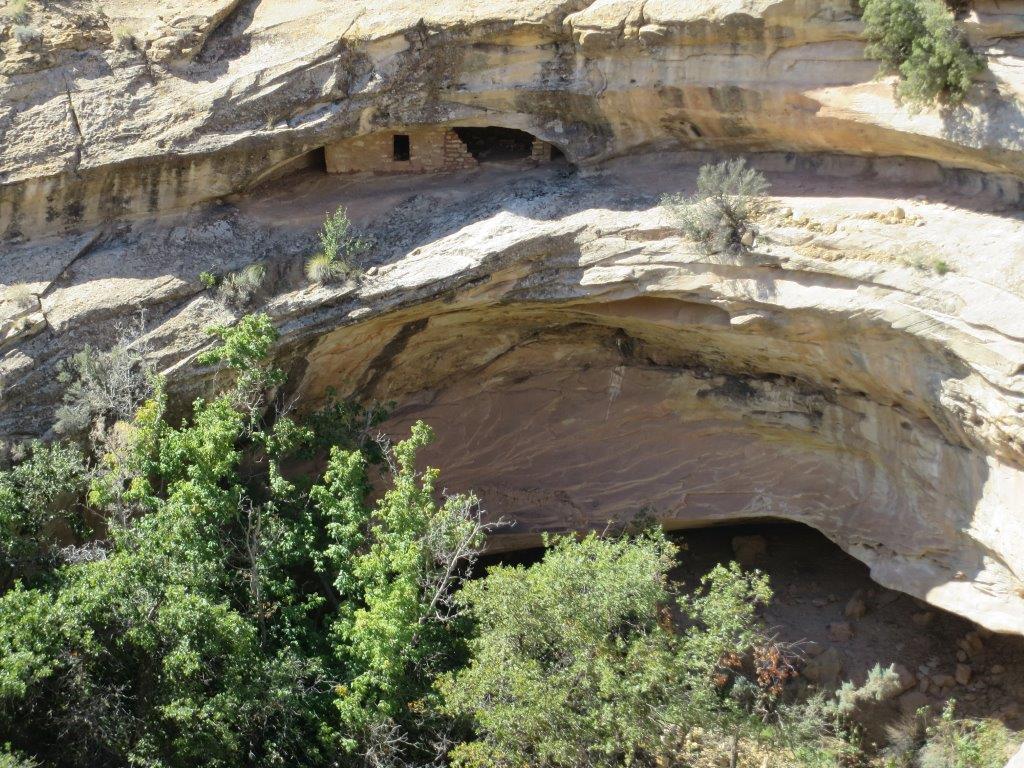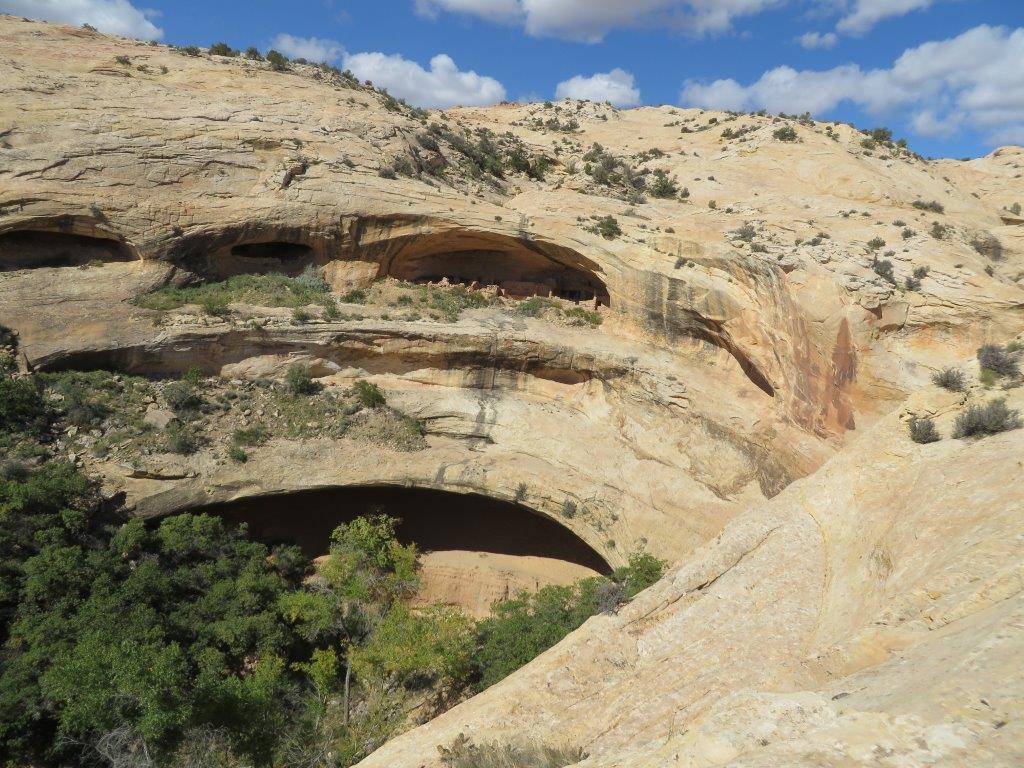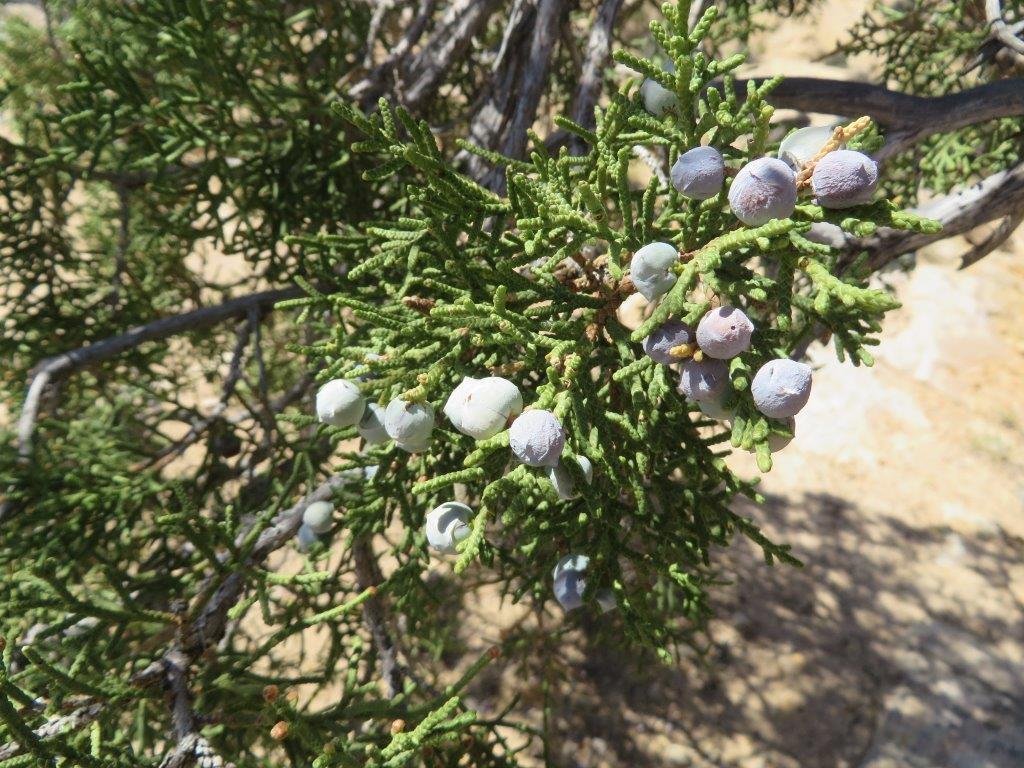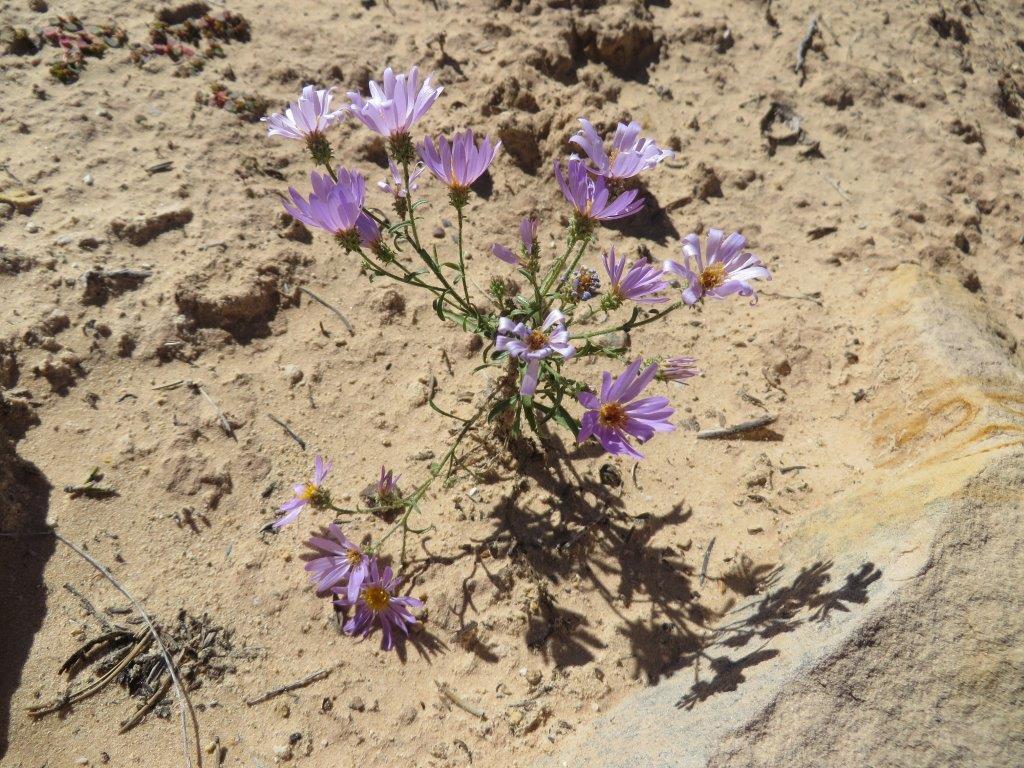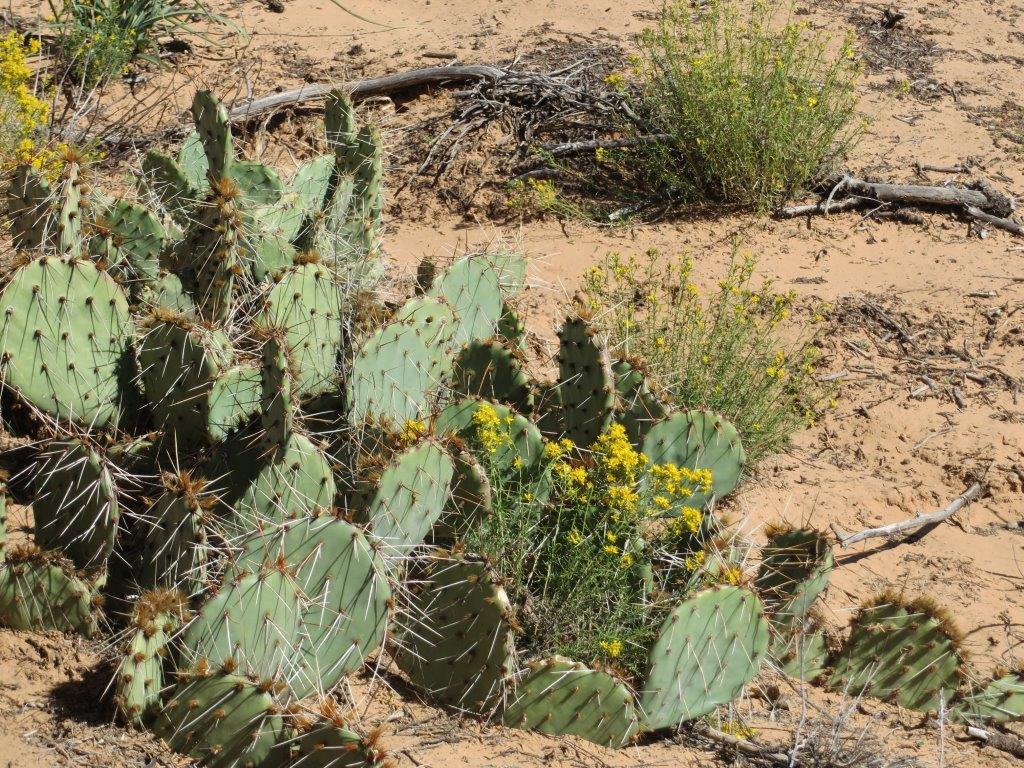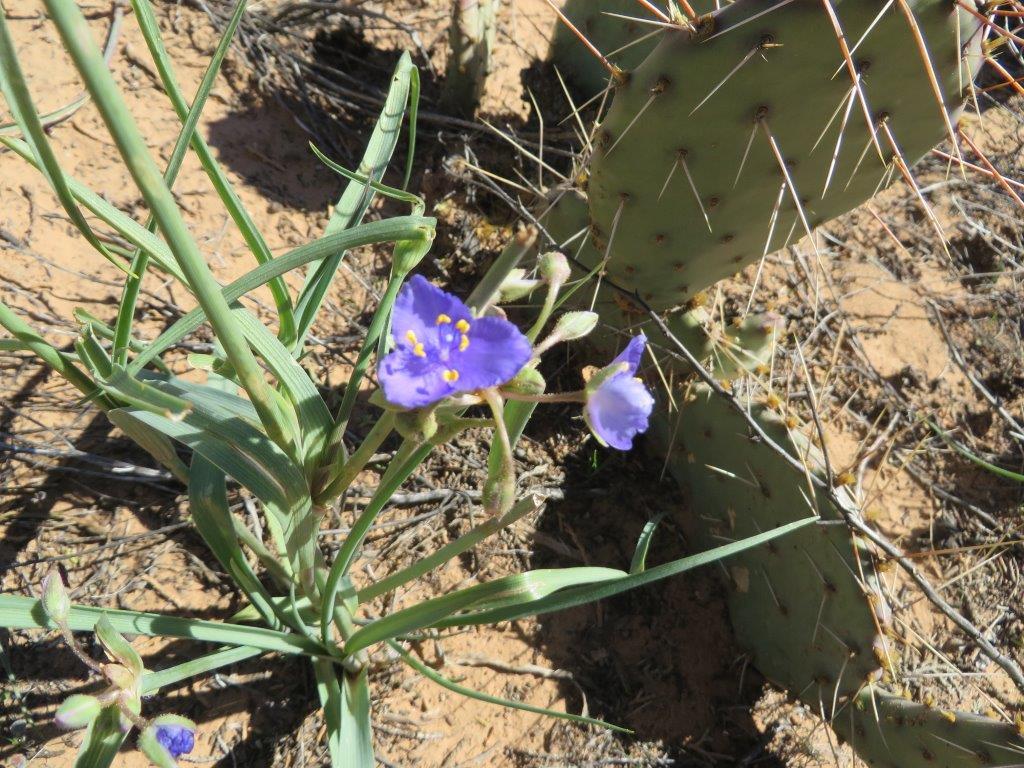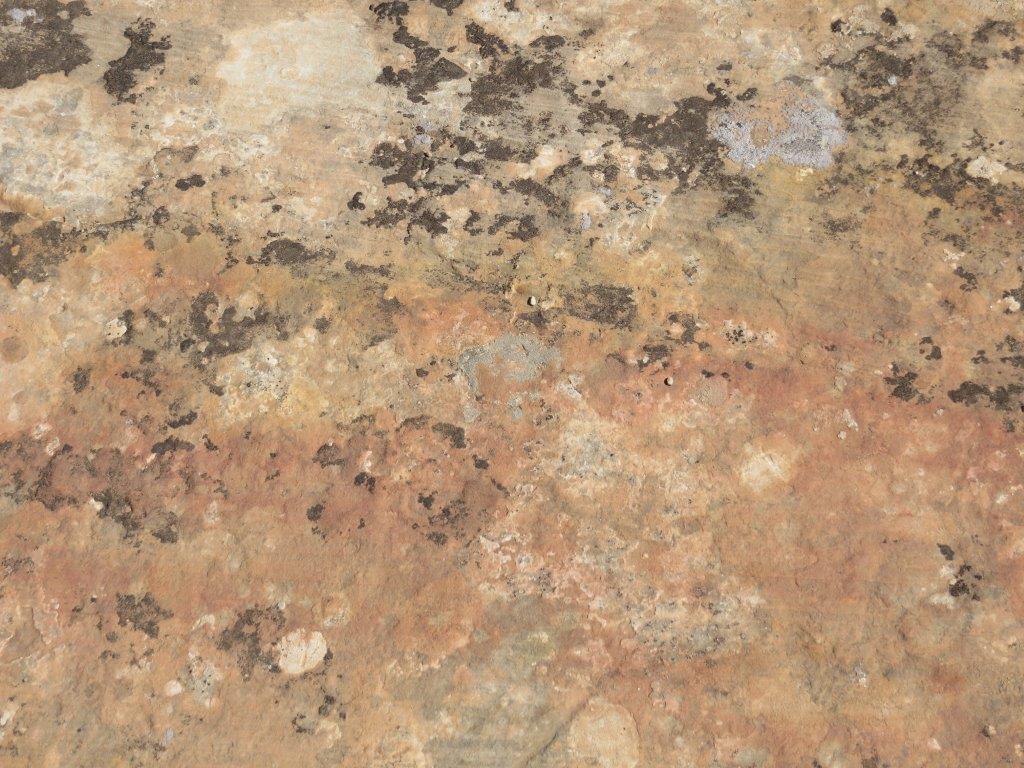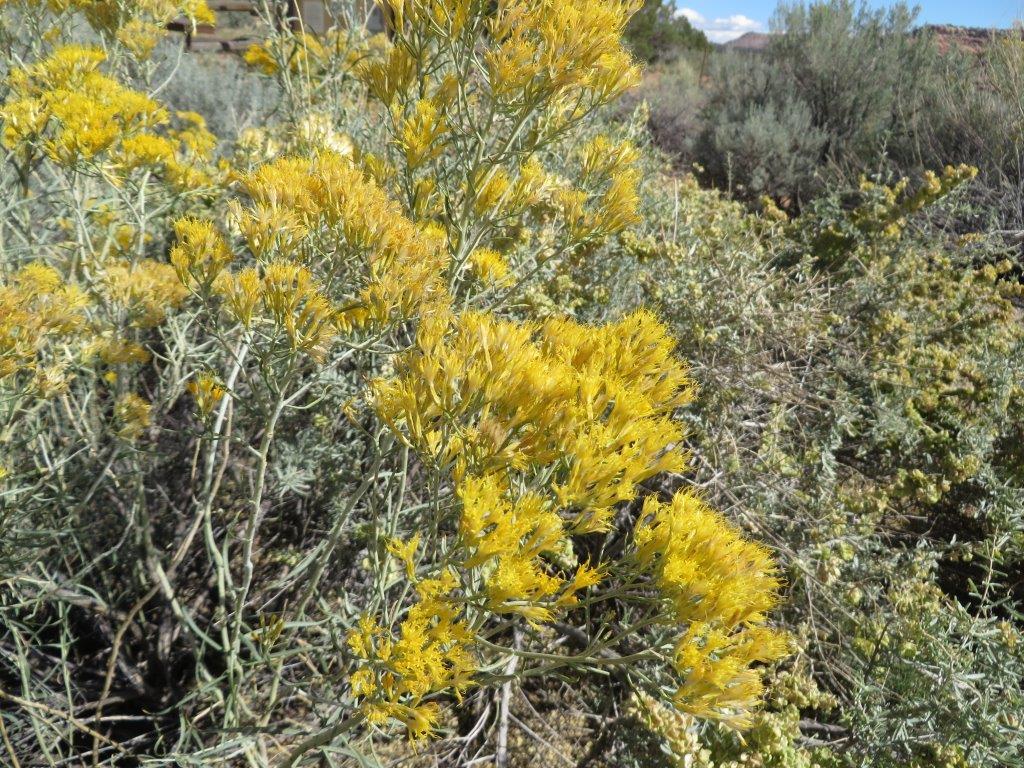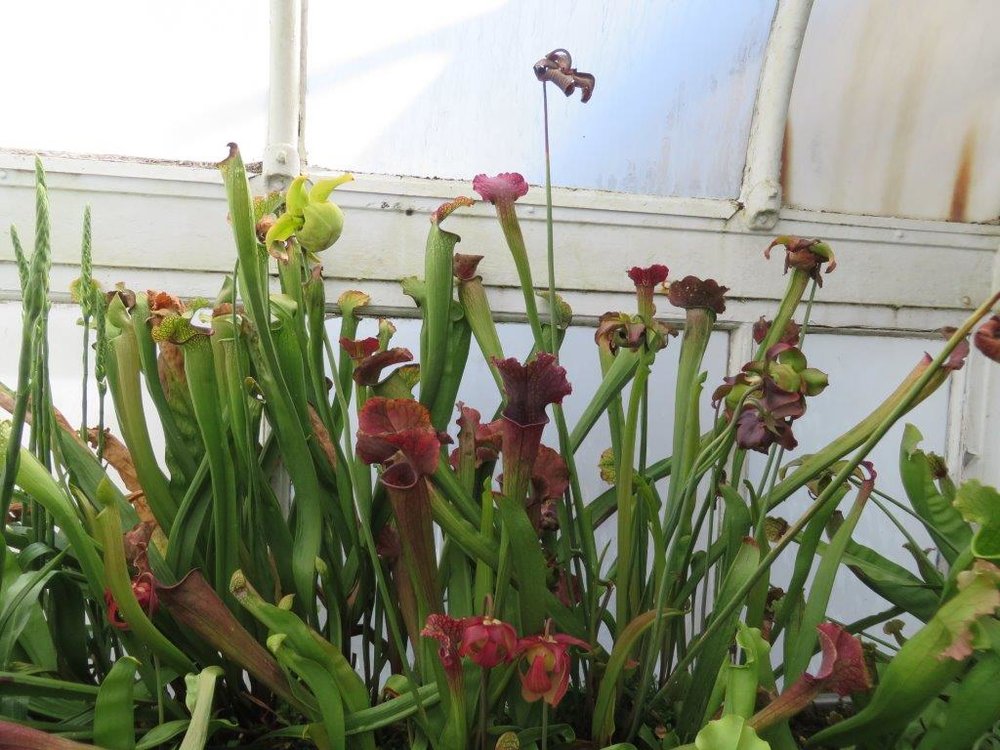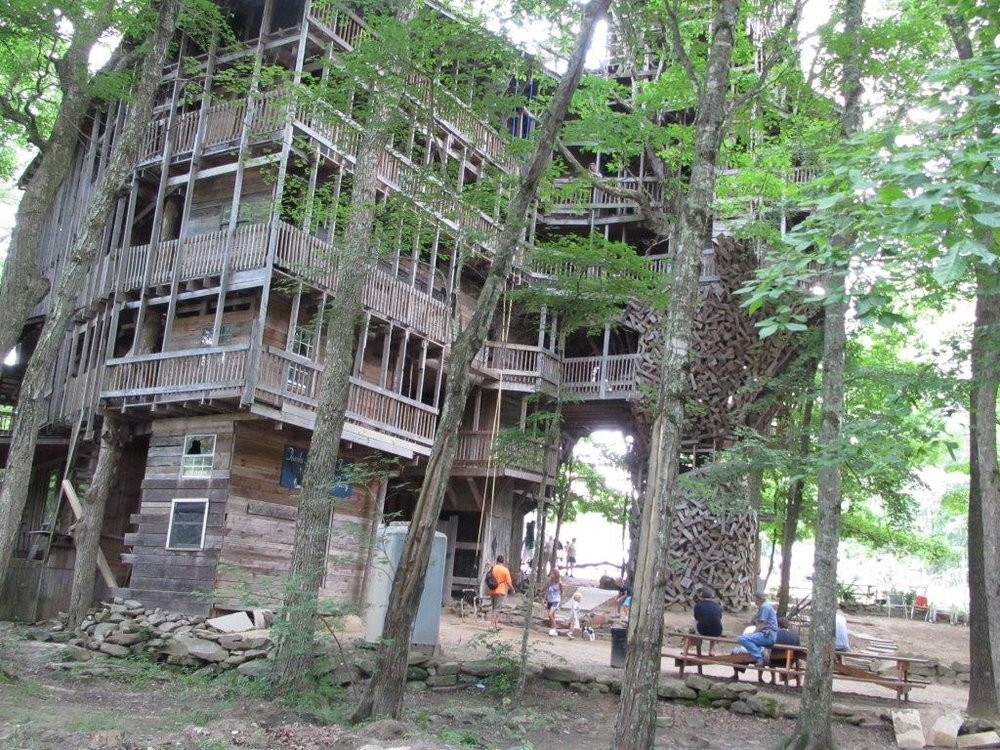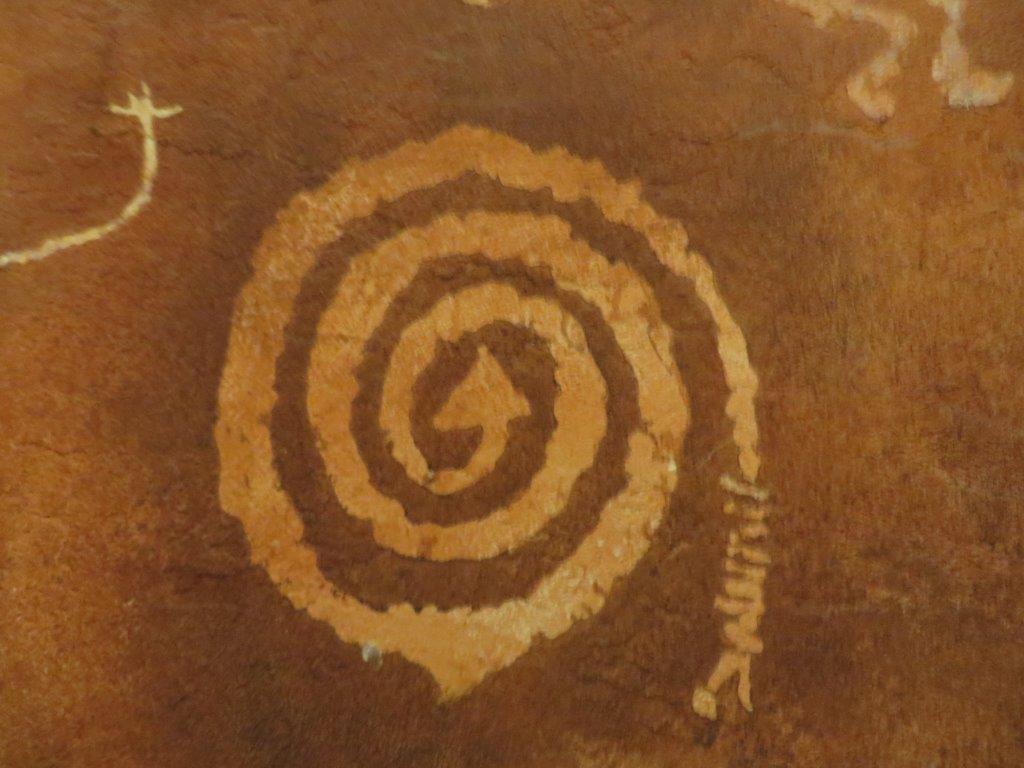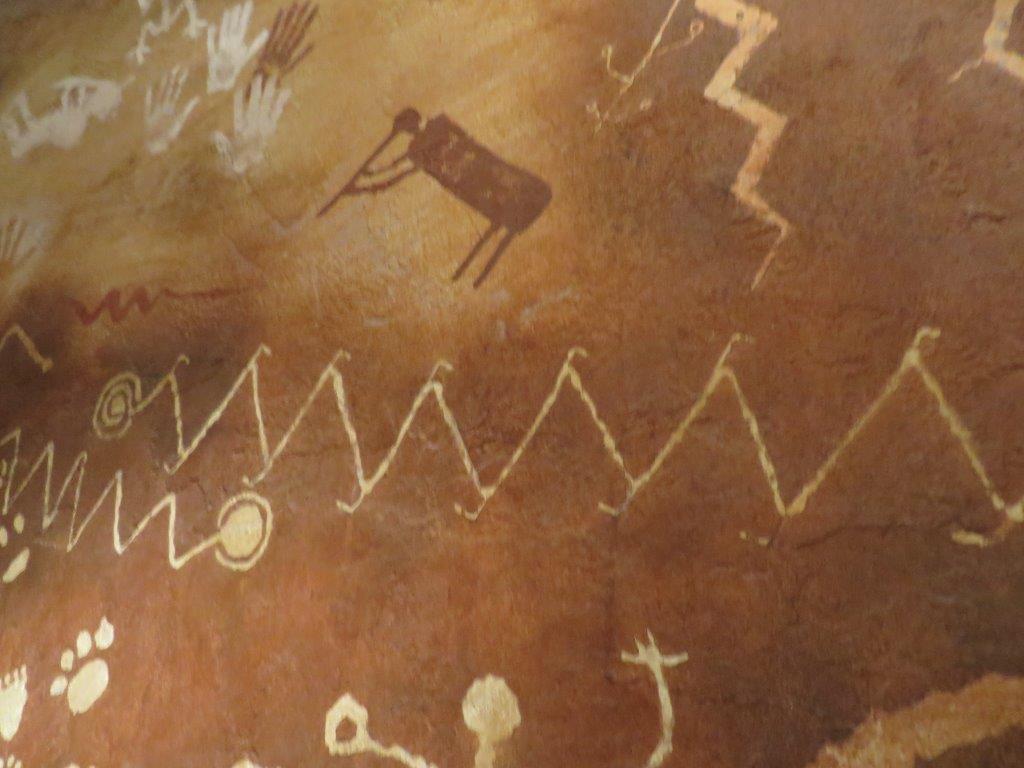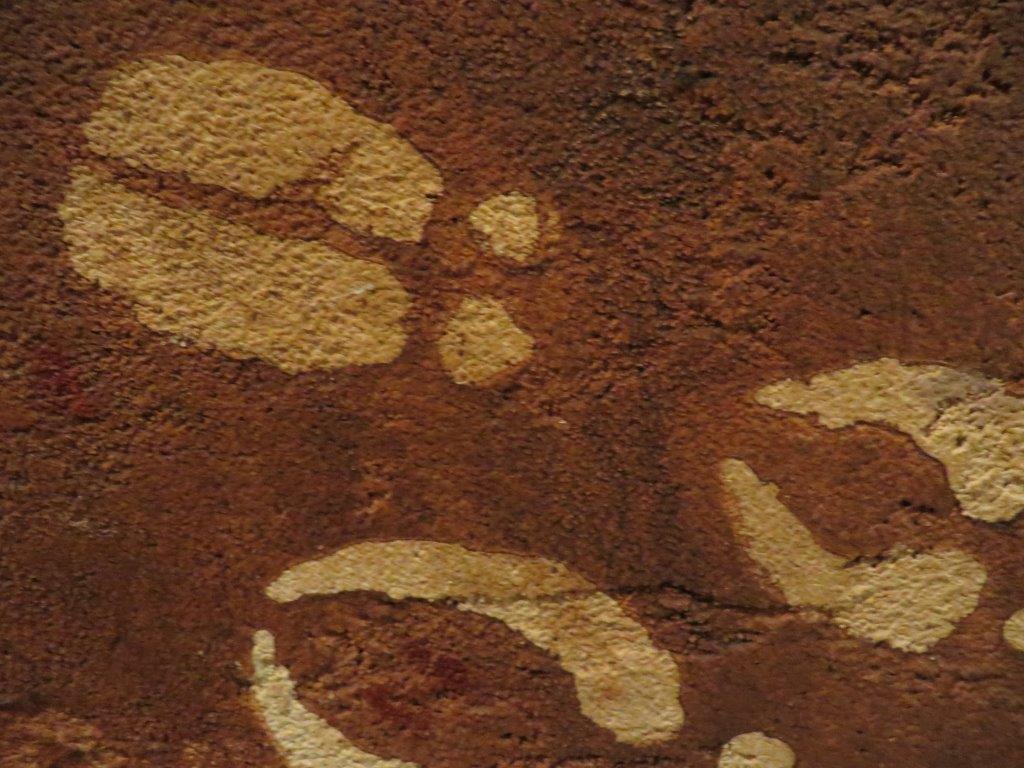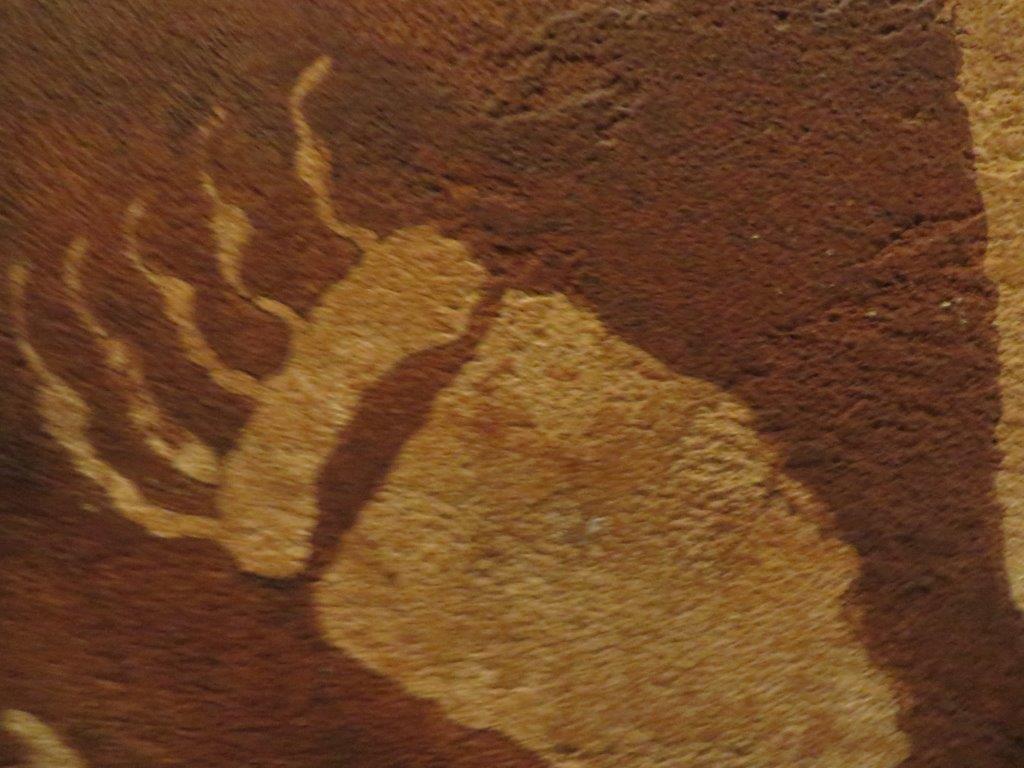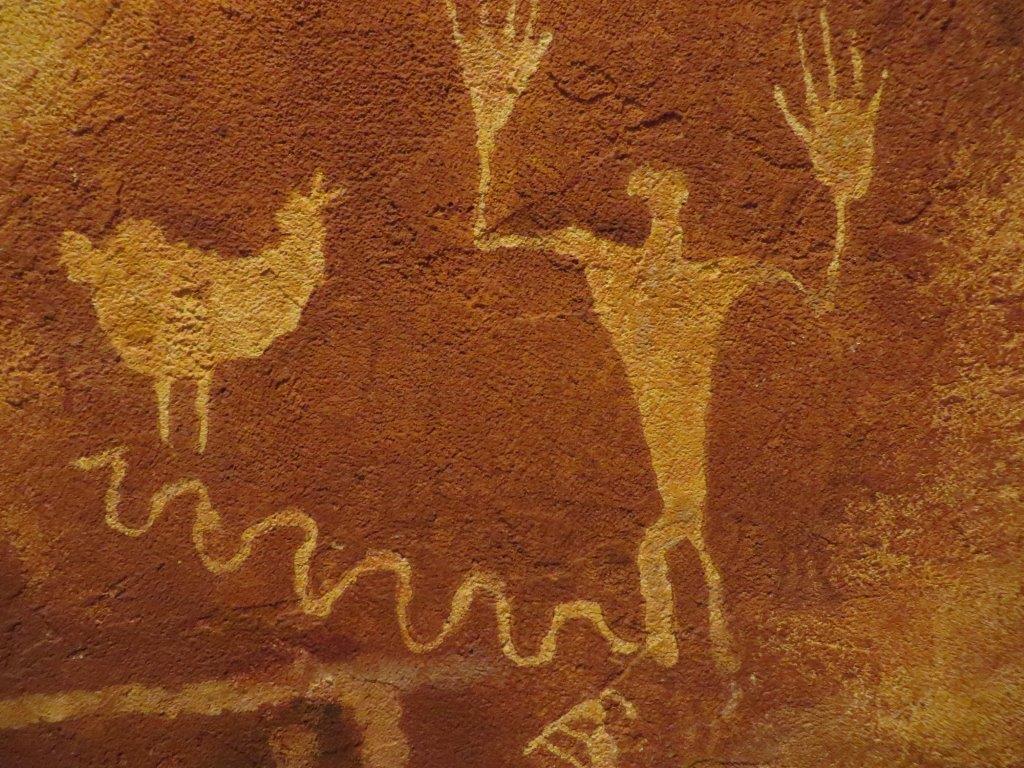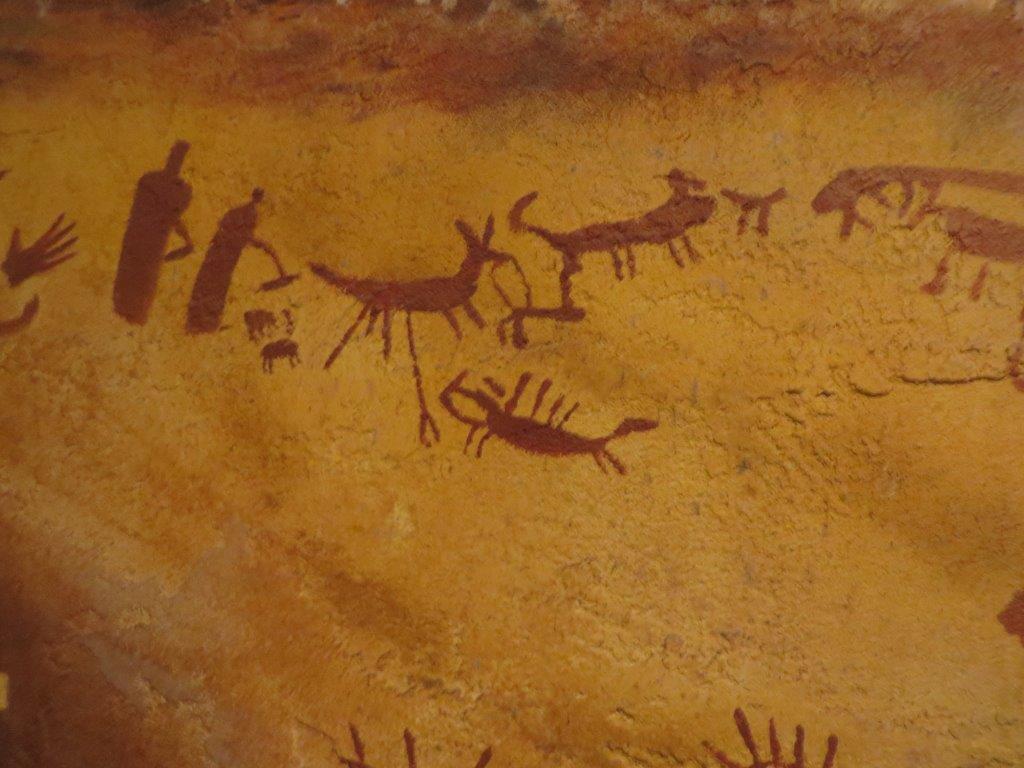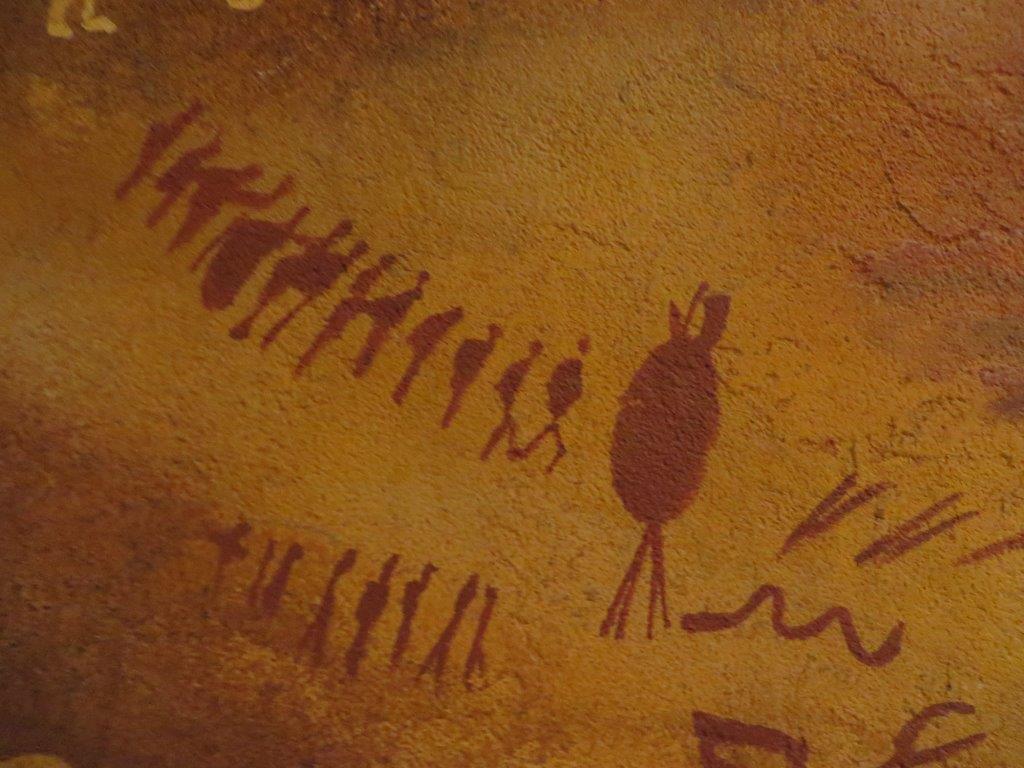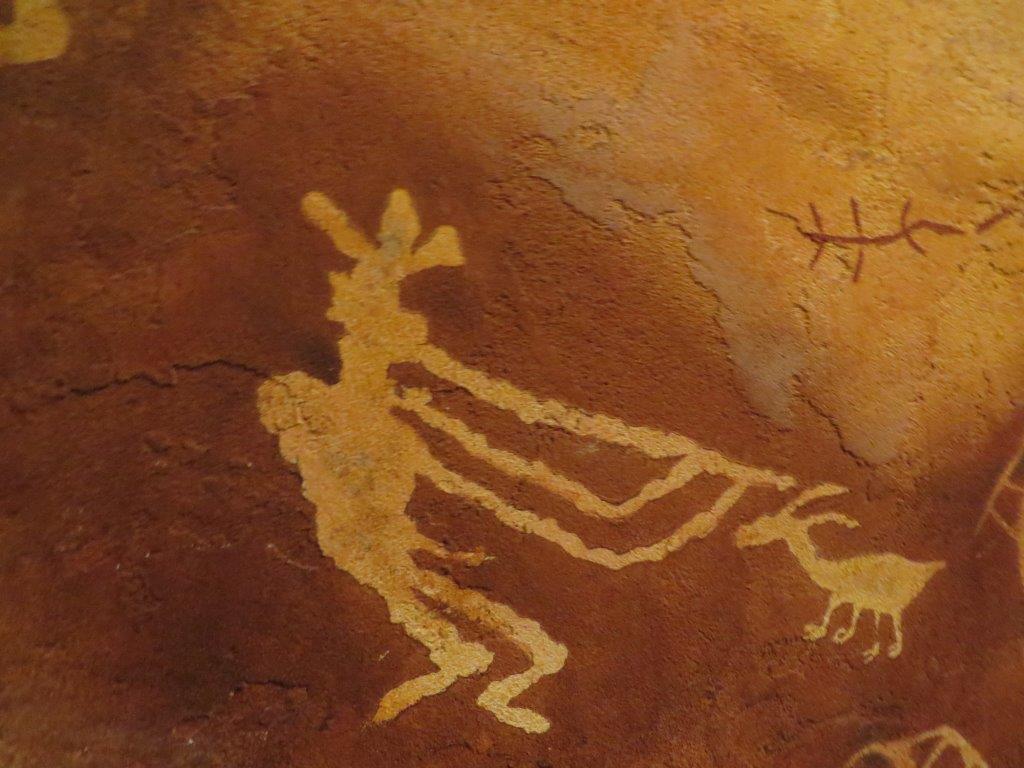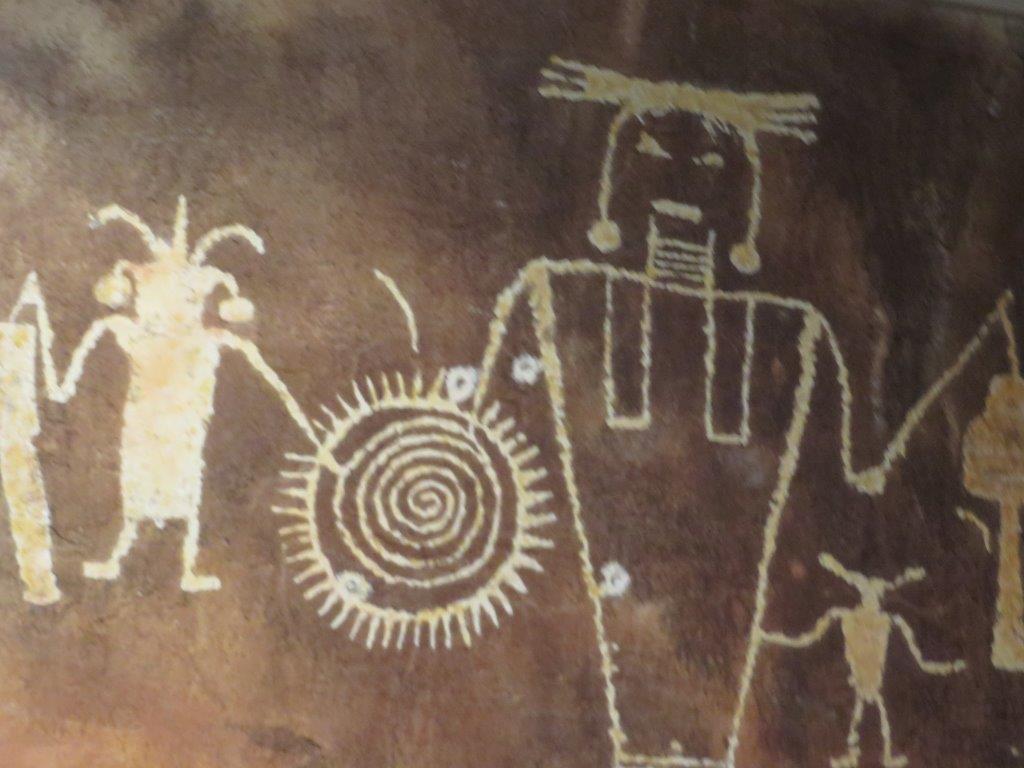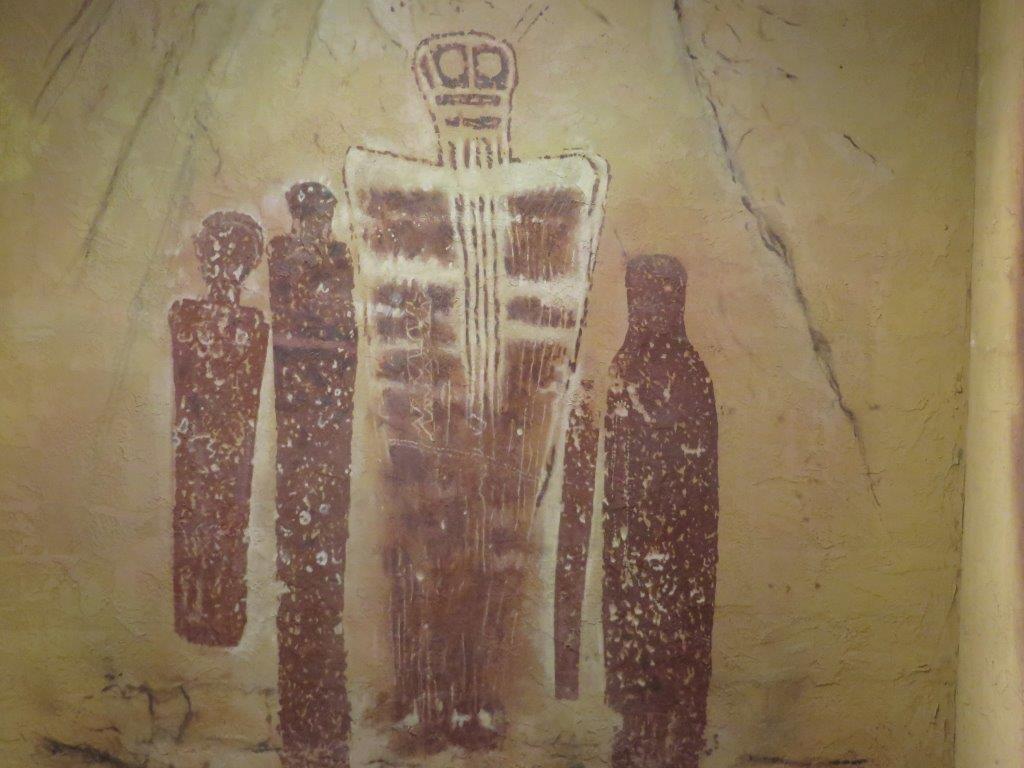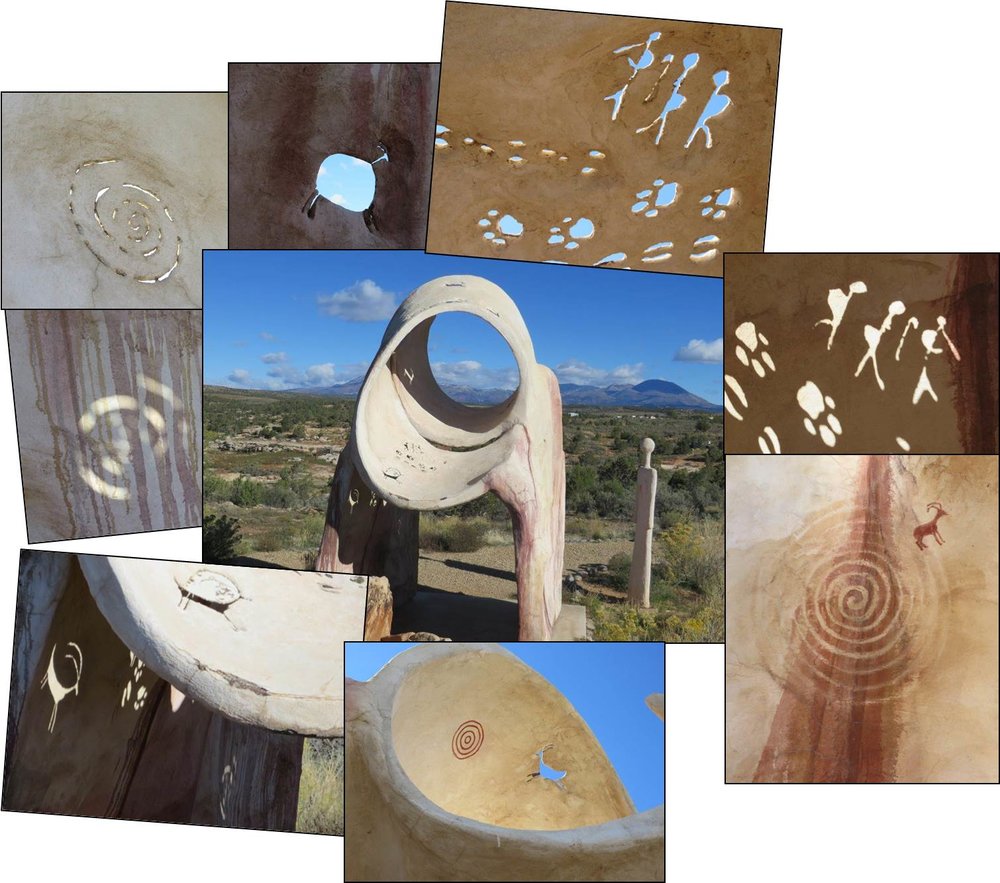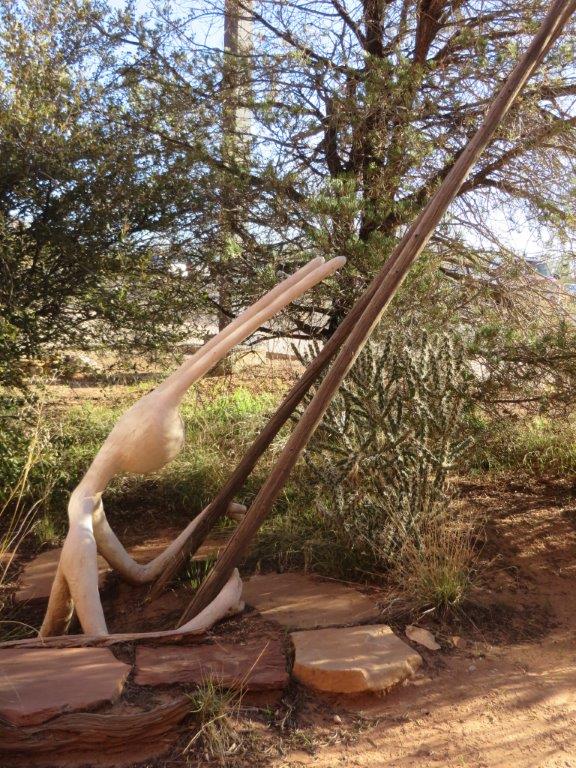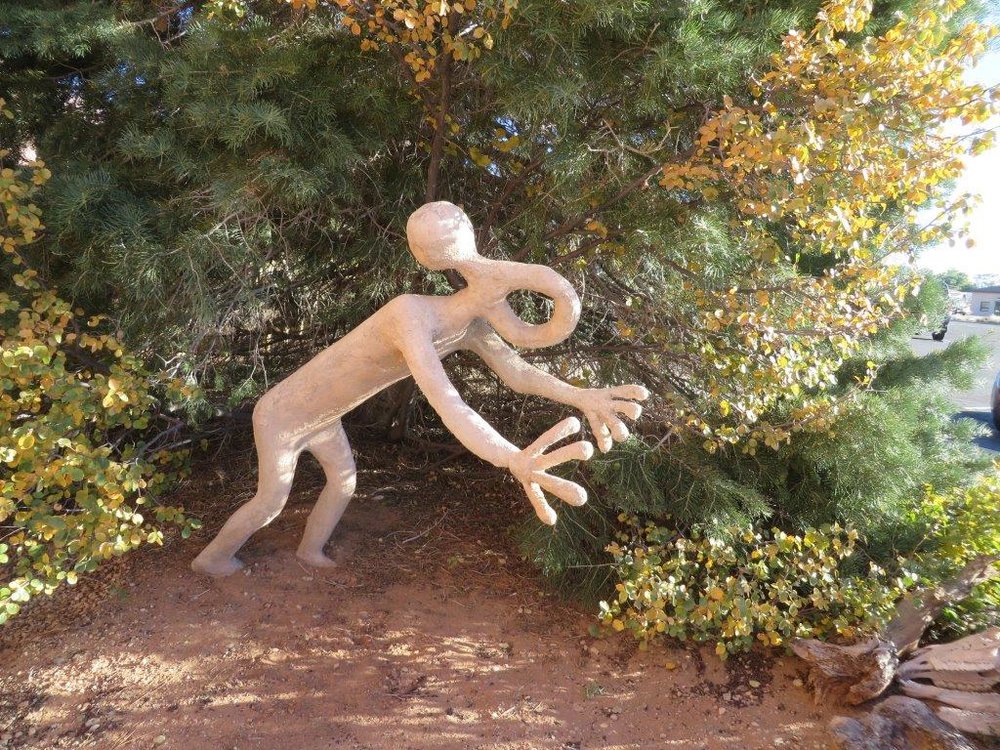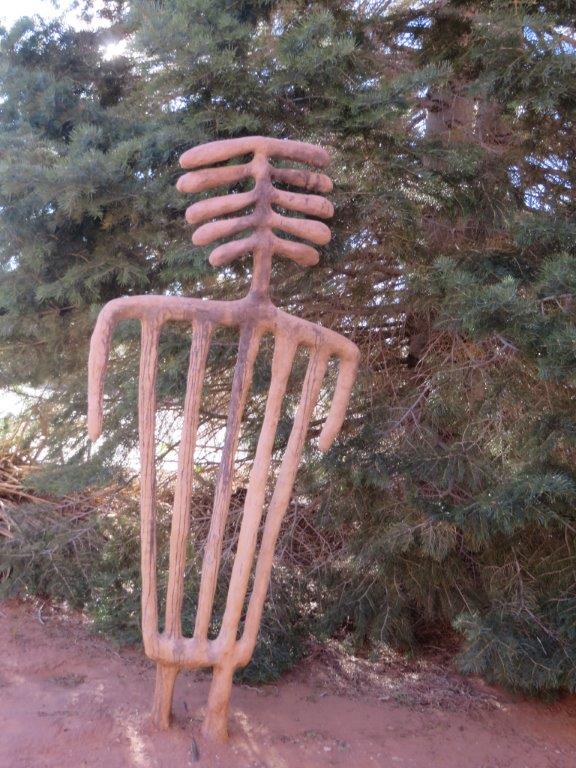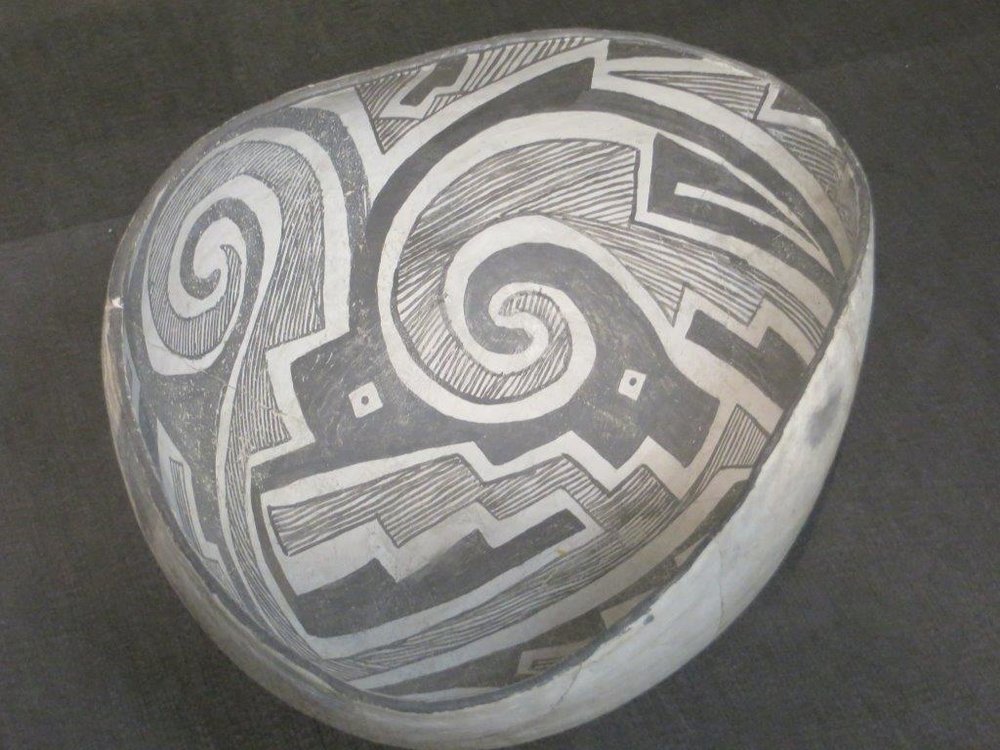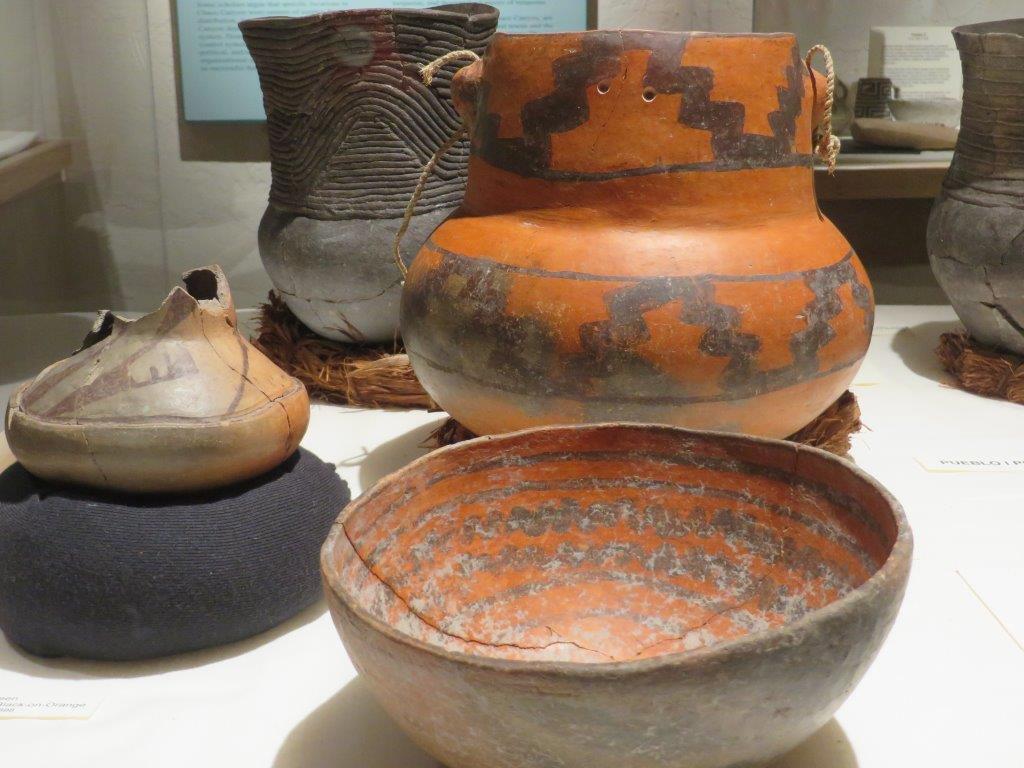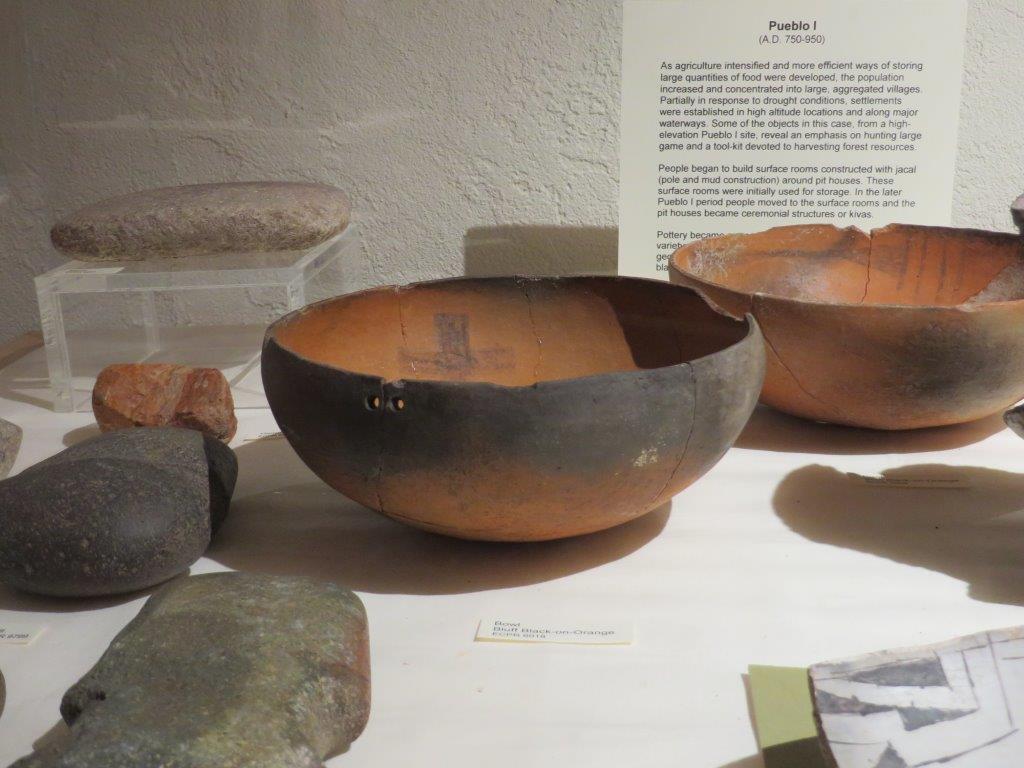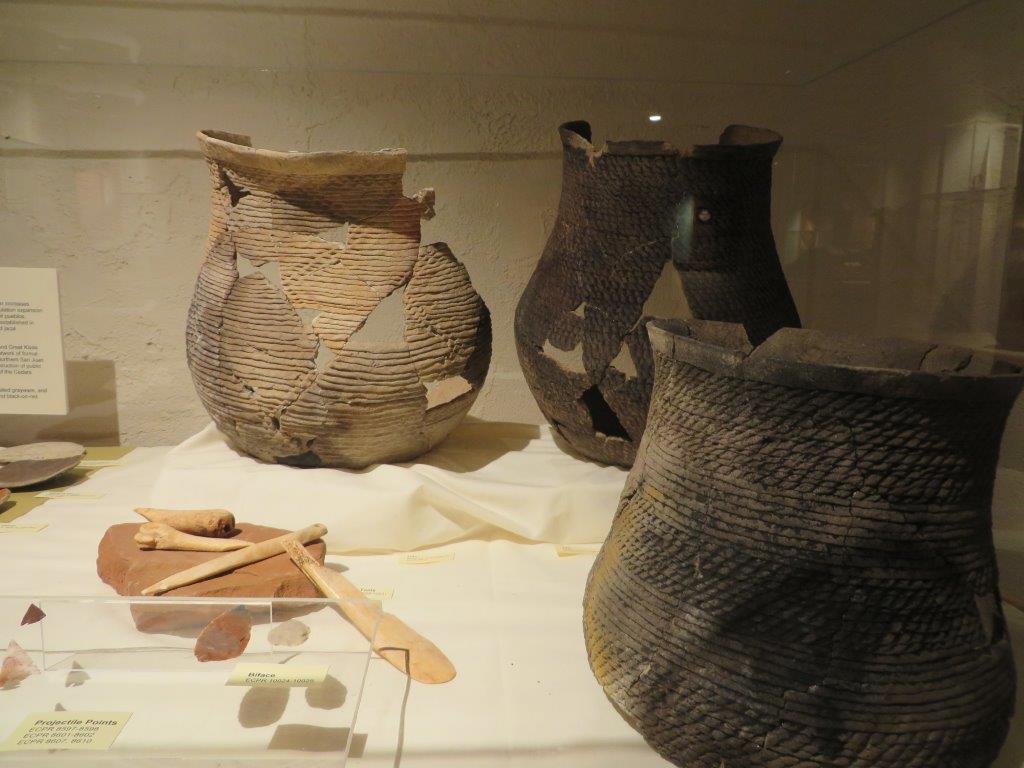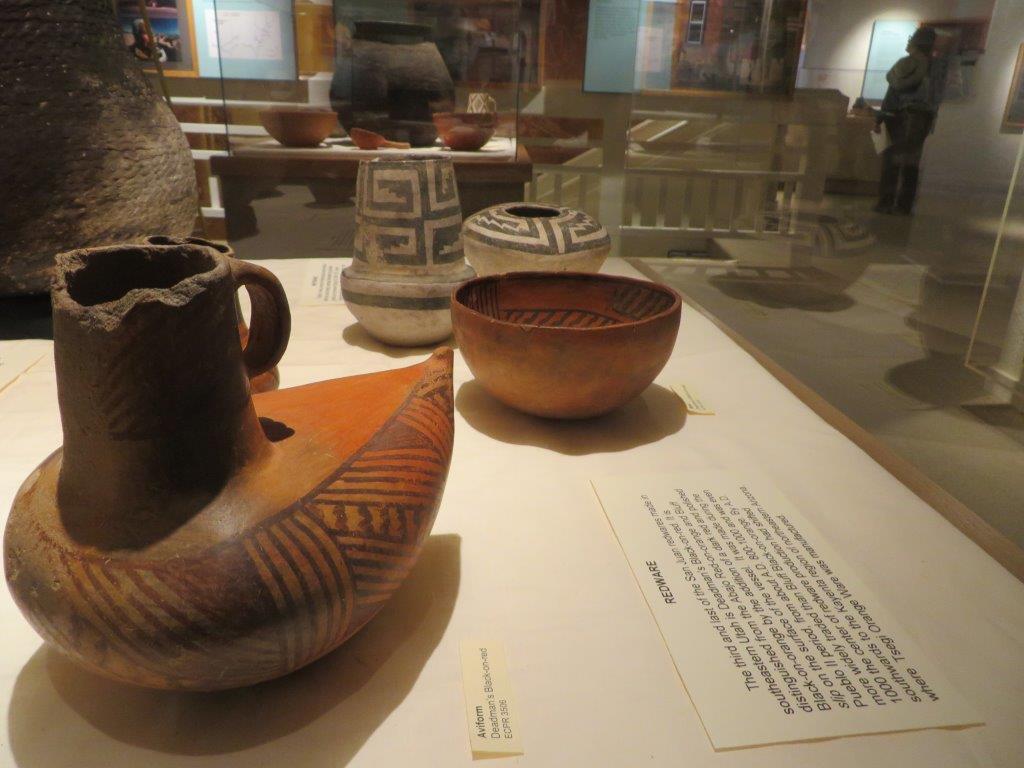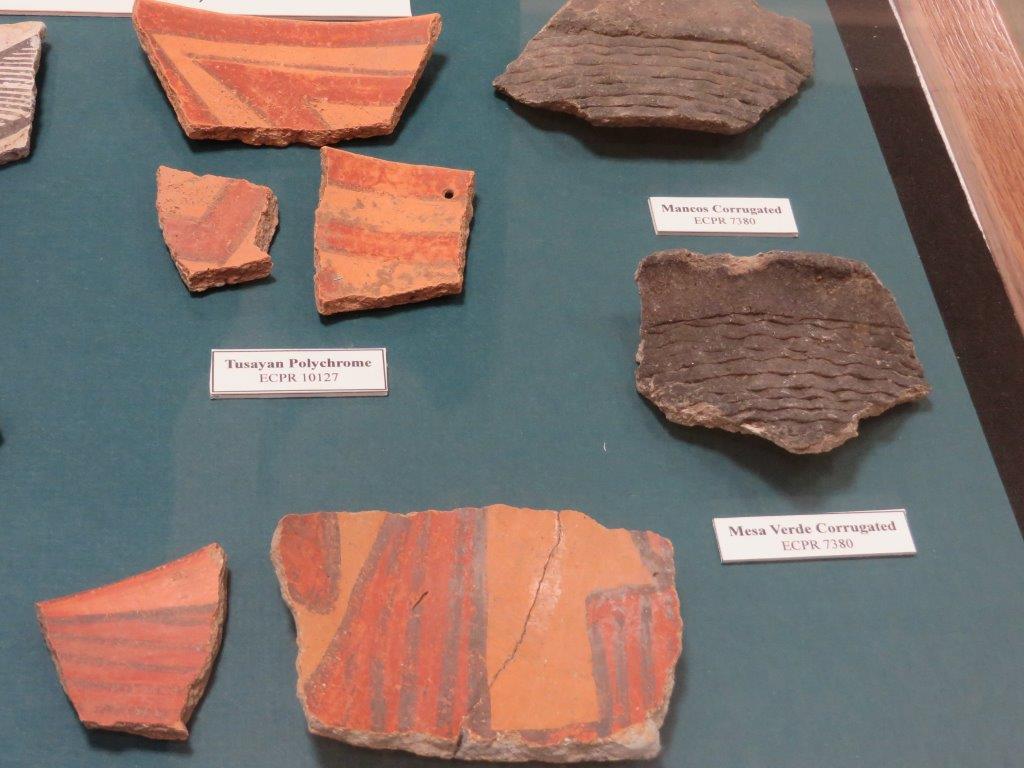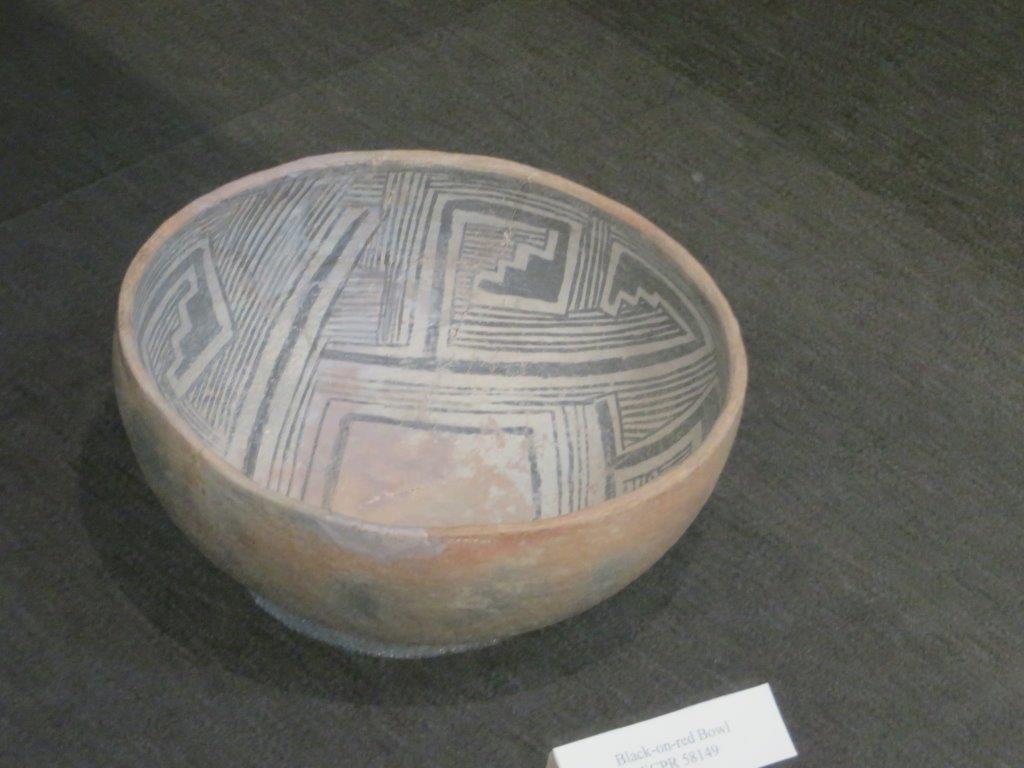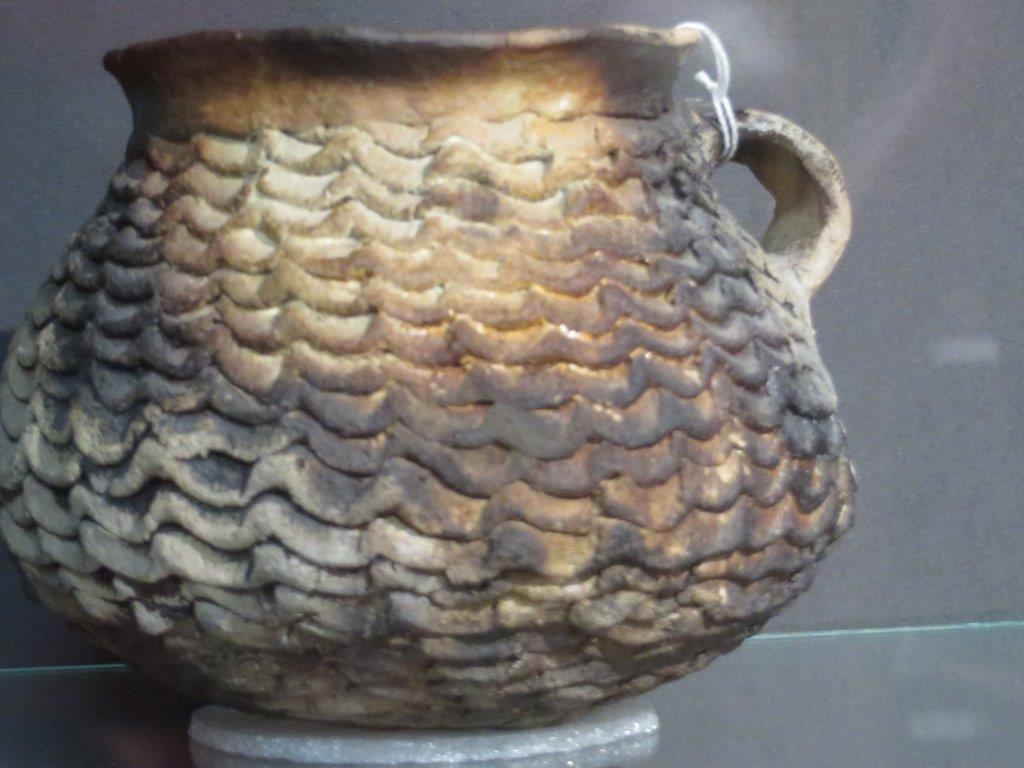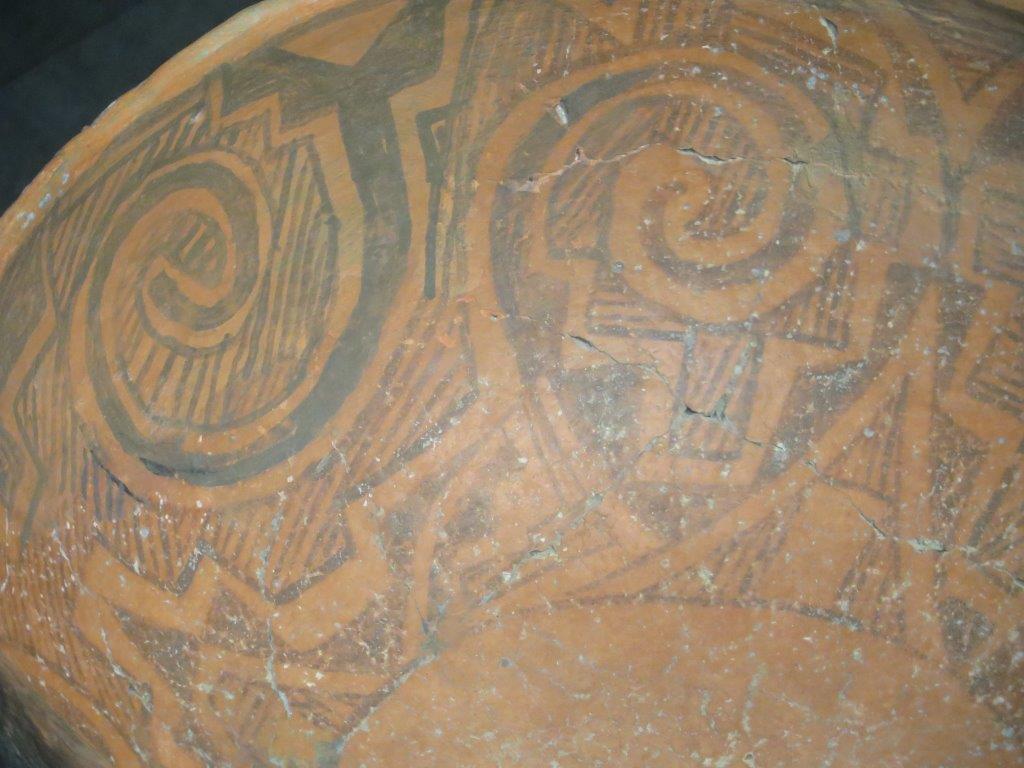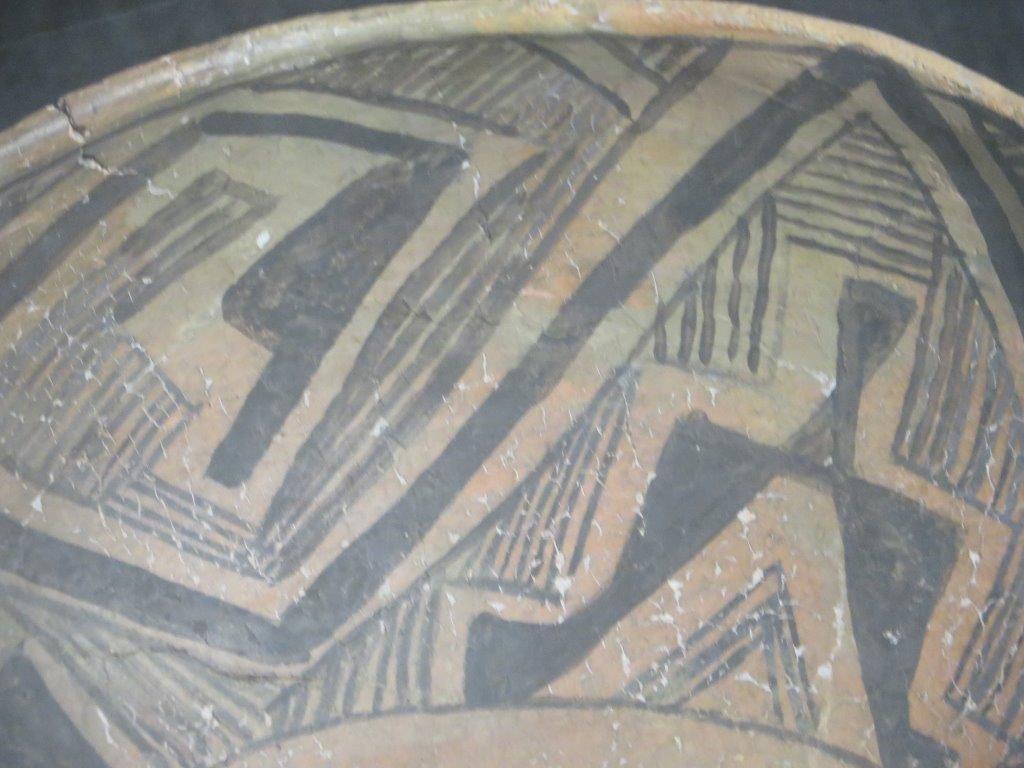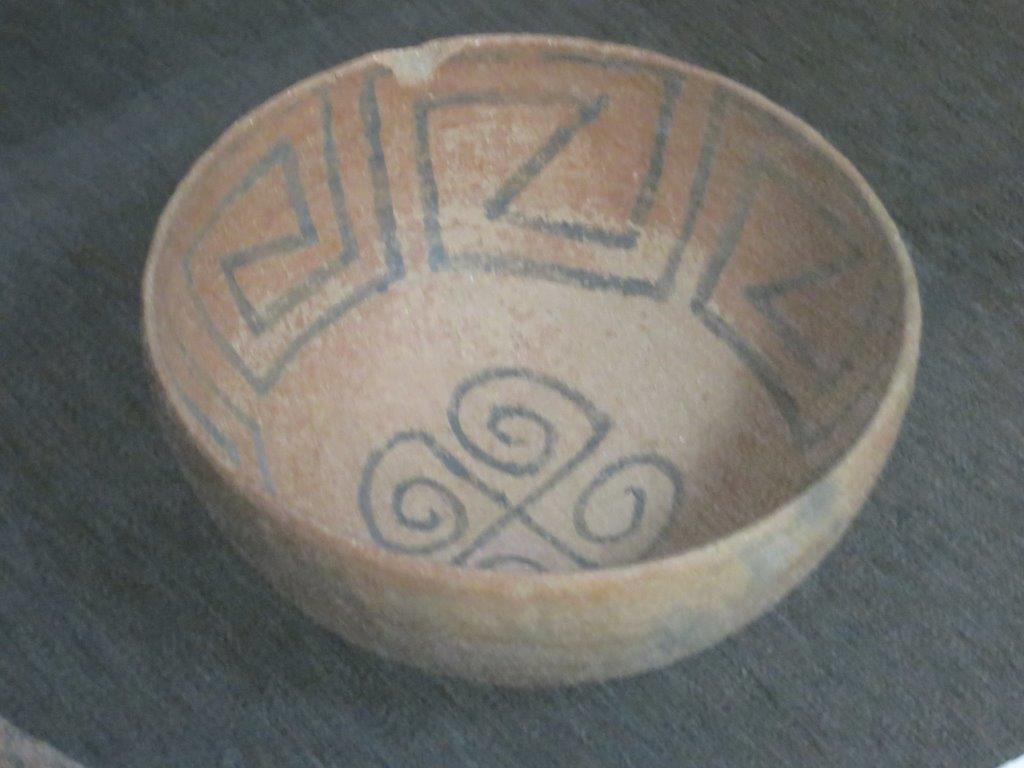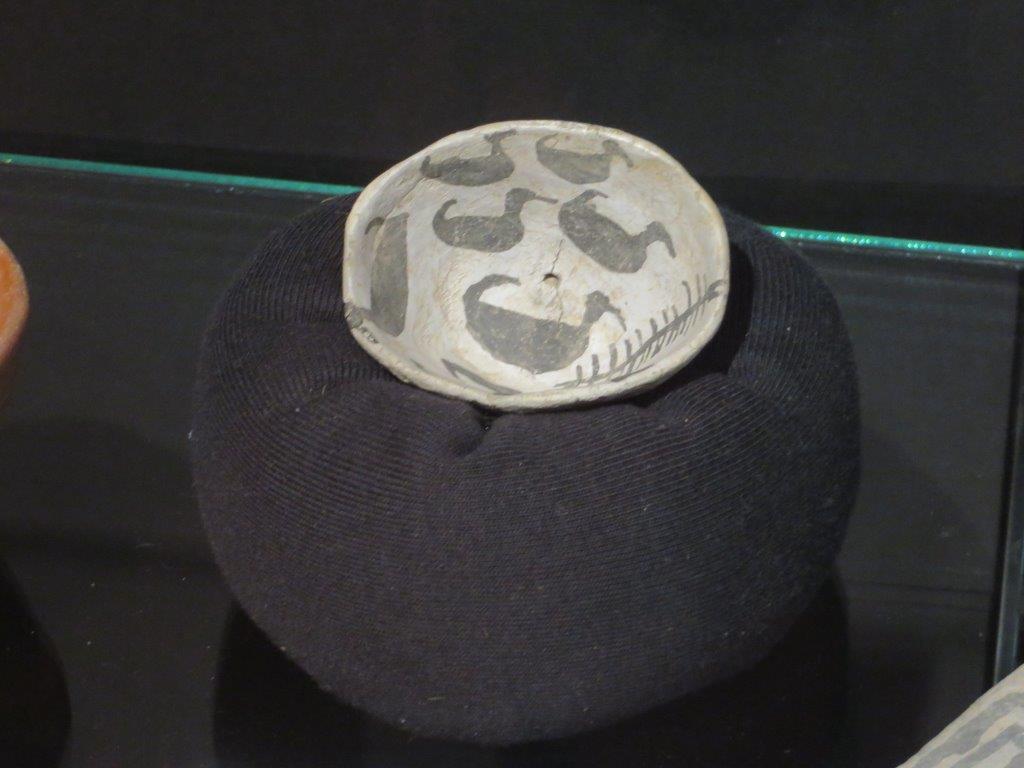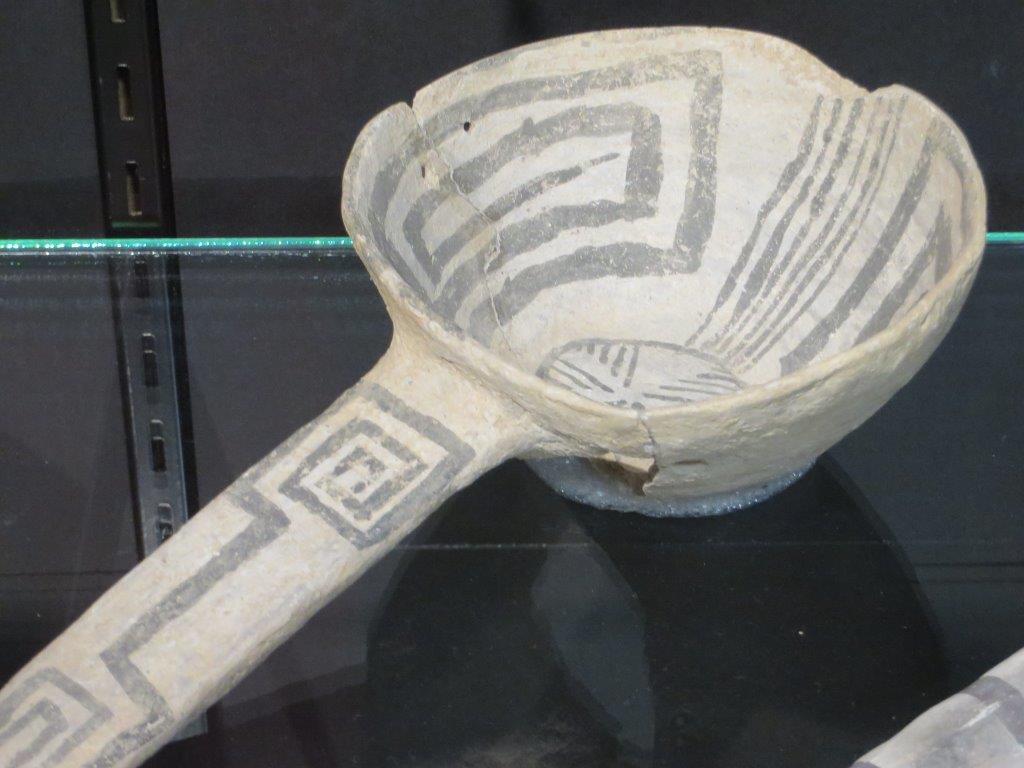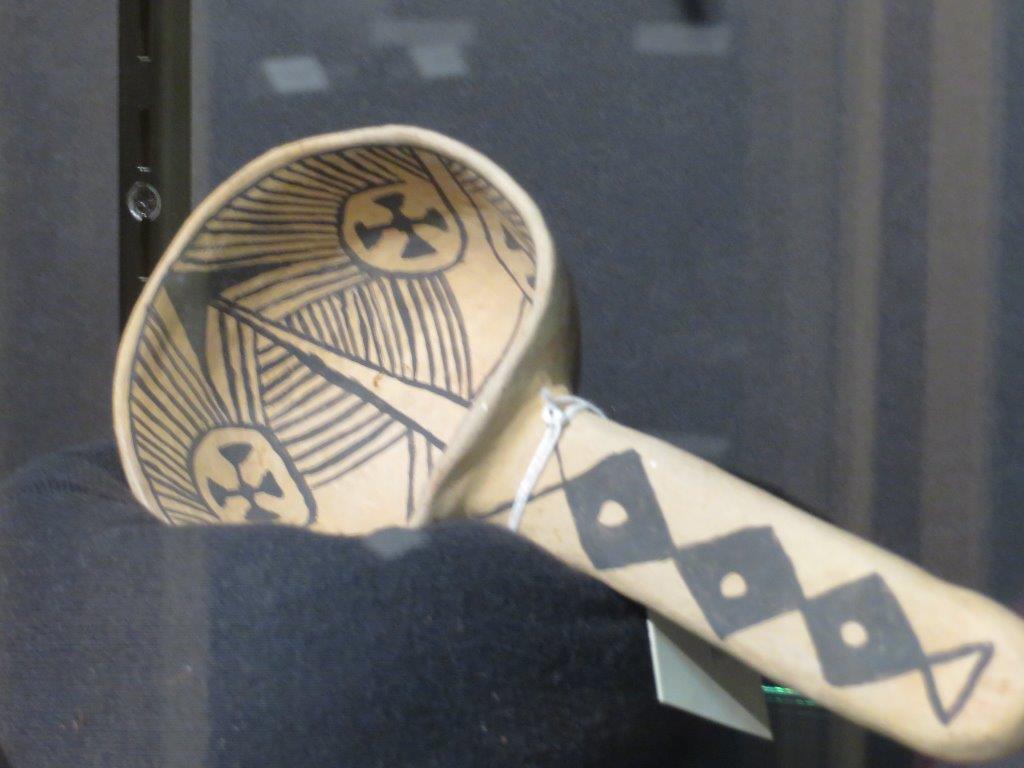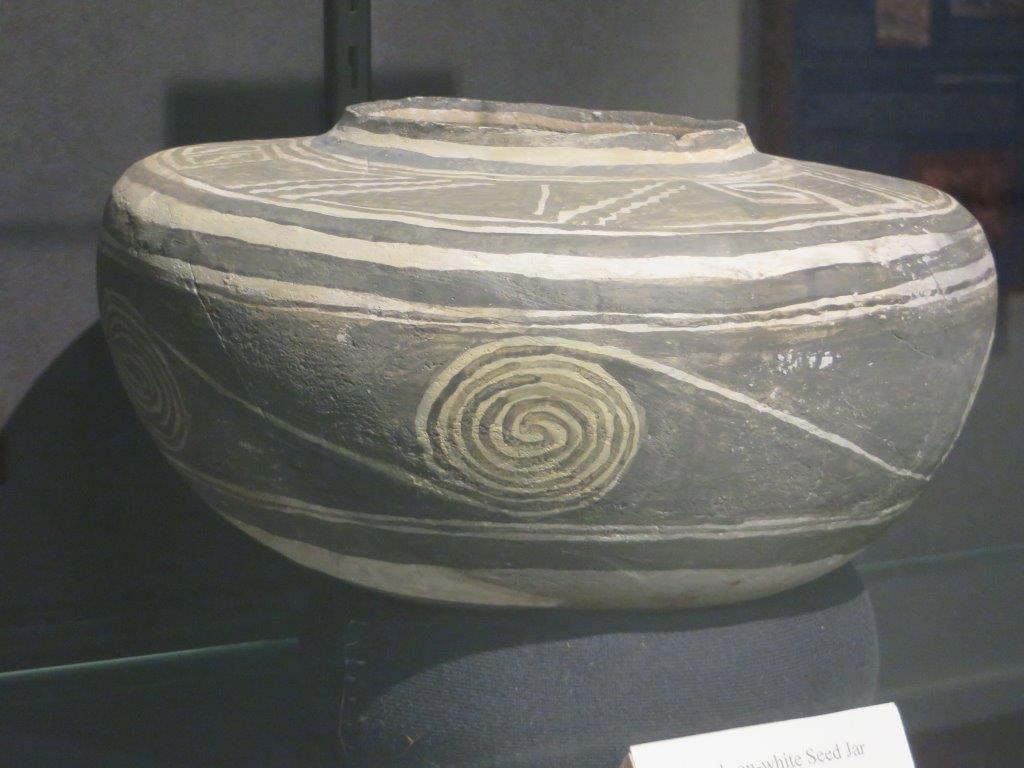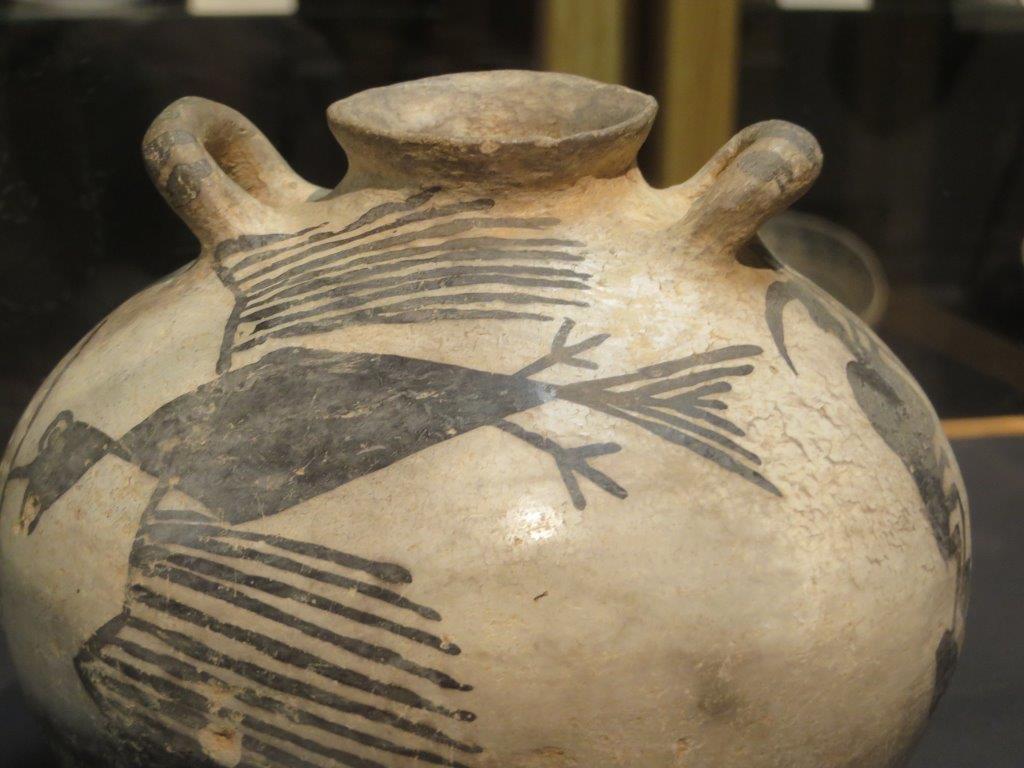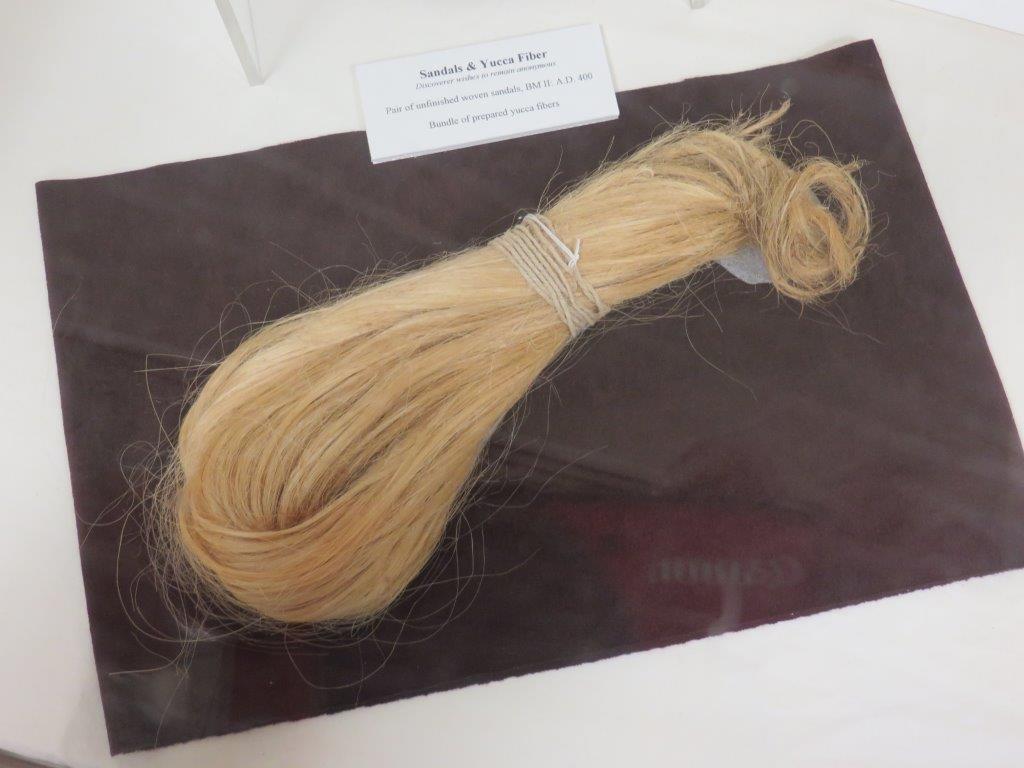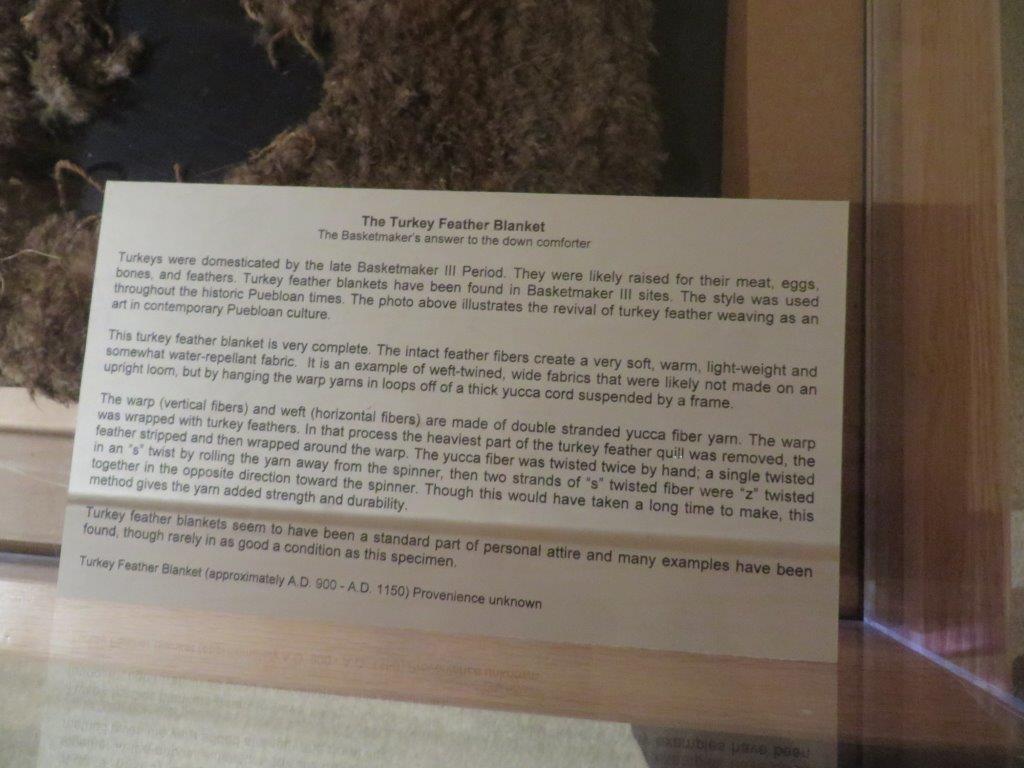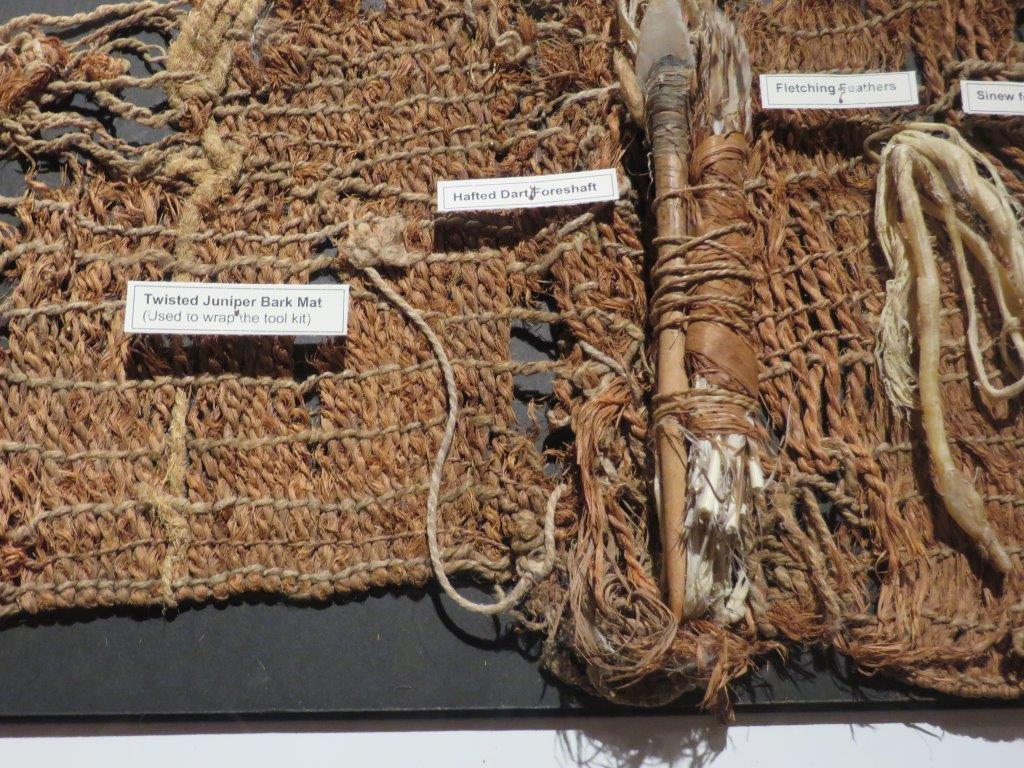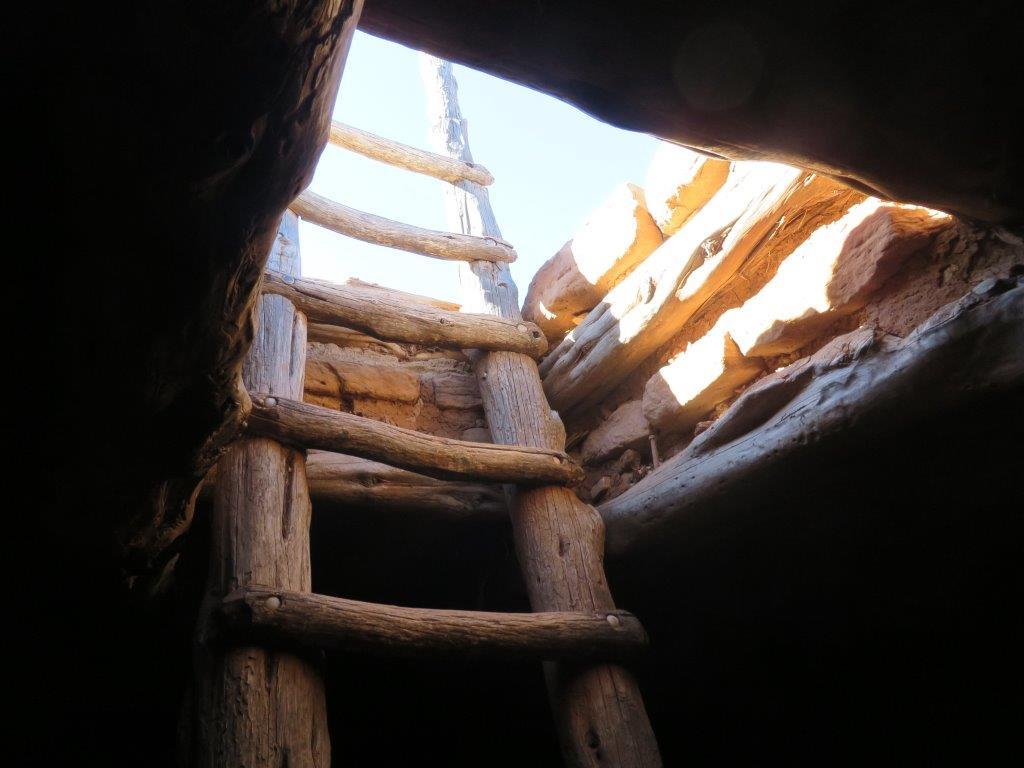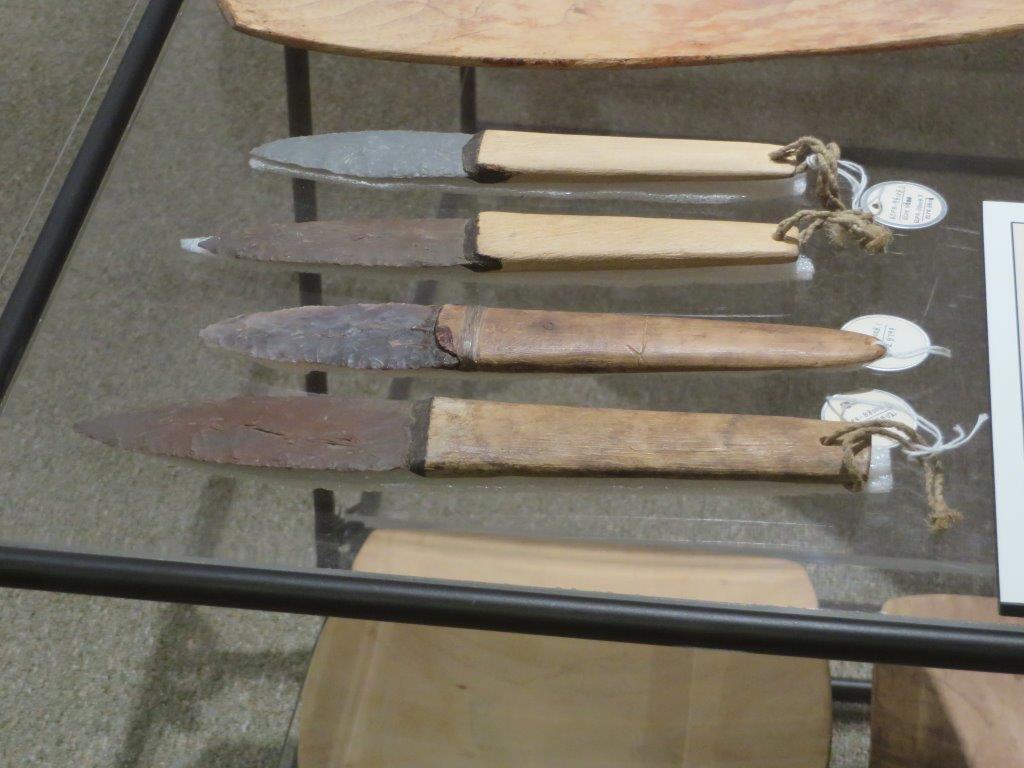The items below were ‘the cream’ of the articles and websites I found this past week. Click on the light green text to look at the article.
 1,200 Whimsical Stone Statues at Buddhist Temple in Kyoto - Small, mostly smiling statues capped with green moss. They were donated in 1981 to the temple but have a timeless quality. My favorite image is the sixth. The most prominent figure looks happy and calm; the one next to him looks worried about something.
1,200 Whimsical Stone Statues at Buddhist Temple in Kyoto - Small, mostly smiling statues capped with green moss. They were donated in 1981 to the temple but have a timeless quality. My favorite image is the sixth. The most prominent figure looks happy and calm; the one next to him looks worried about something.
Lost (and found) in Lahore: a photoessay - From the TED blog…images of Lahore, Pakistan from Khurram Siddiqi. If you tried to capture where you live in a photoessay, what would you include?
The Human Bionic Project - A collection of current state-of-the-art links about the interaction between human bodies and machines. The interface shows a human image with pink circles to indicate places where there is more information. There is a slider to move from outside the body to muscles, skeleton, organs, etc. This was one of the reference materials for a Neuroethics course I am enjoying on Coursera….part of the discussion about the changing definition of disability, illness, and disease.
Strength in Numbers: 5 Amazing Animal Swarms - Red crabs, free-tailed bats, desert locusts, monarch butterflies, and starling murmurations
The Uncanny Places on Earth That Look Like Alien Worlds - Sometimes they look alien from afar….and sometimes from within.
The Human Plutonium Injection Experiments - A report published in Los Alamos Science in 1995 about the efforts to understand plutonium’s effects on health during the Manhattan Project….what was known…and what was not…what was done to determine exposure limits. The project’s mission was foremost but the leadership did not ignore the health issue in the frenzy to get an atomic bomb built and tested. The article is another reference from the Neuroethics class.
Map of San Francisco, Stripped of all the Urbanism - The terrain without bridges, cable cars, and housing.
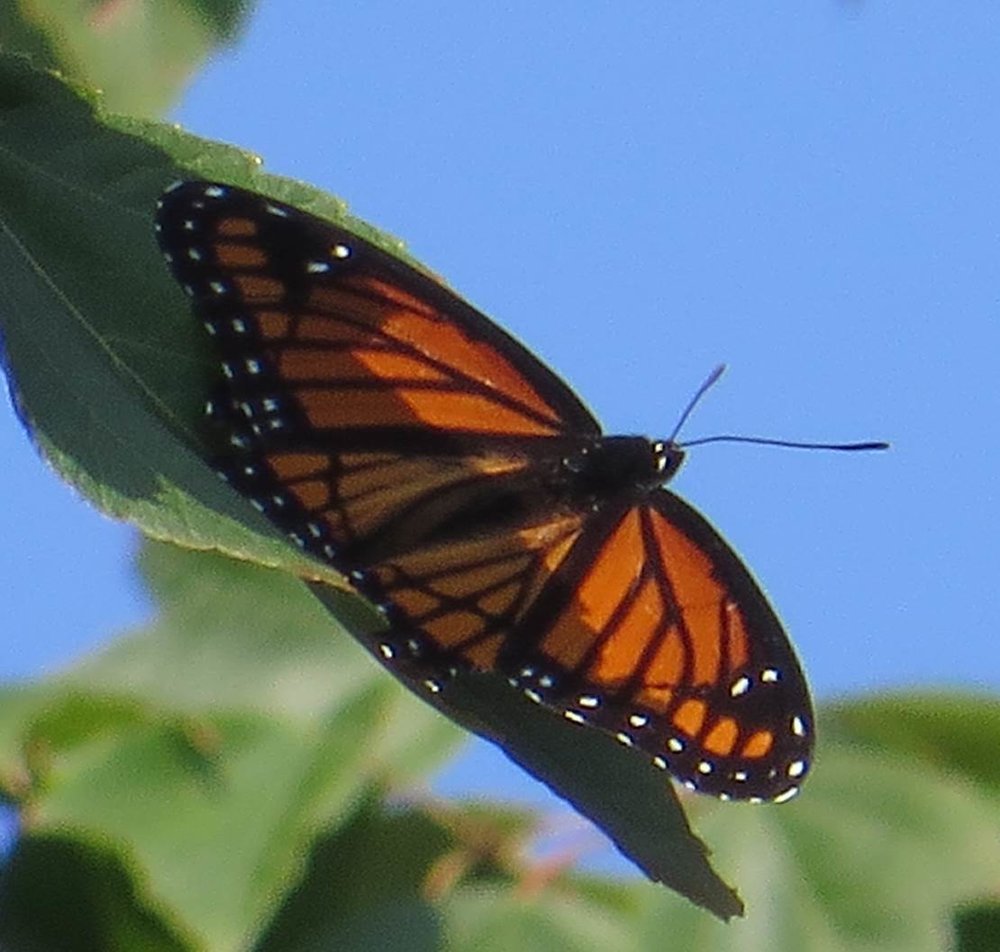 Where Are Migratory Monarchs This Fall? - There have been fewer monarchs in our area of Maryland. There are fewer milkweeds too.
Where Are Migratory Monarchs This Fall? - There have been fewer monarchs in our area of Maryland. There are fewer milkweeds too.
Butternut Squash Smoothie - I have been enjoying apple cider in my smoothies…so I am going to try without orange juice or other sweetener. Somehow the taste of butternut squash and apple cider appeals to me!
More Than 500 Million People Might Face Increasing Water Scarcity - I am probably sensitized to the issue because I am familiar with Tucson’s challenges today. It would not take much change in rainfall, continued concentration of toxins in the water, and/or increased population to result in shortages of good quality water.
